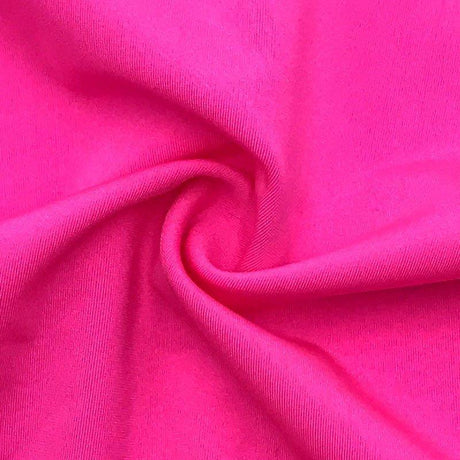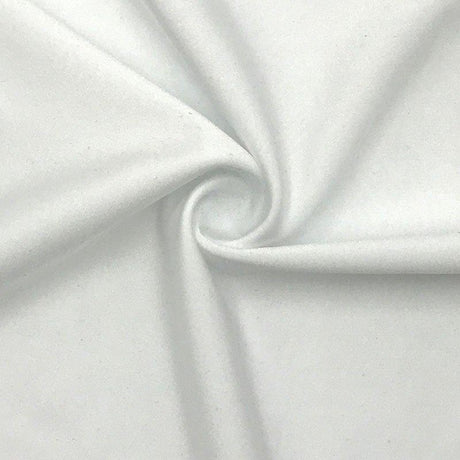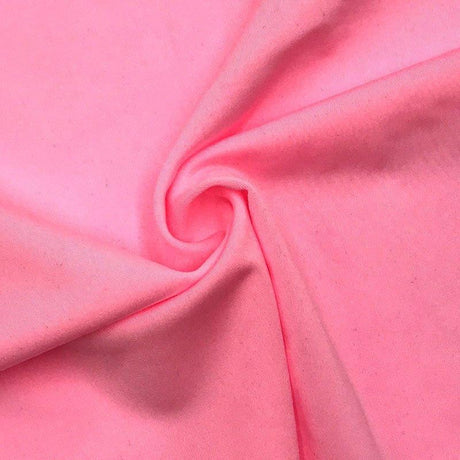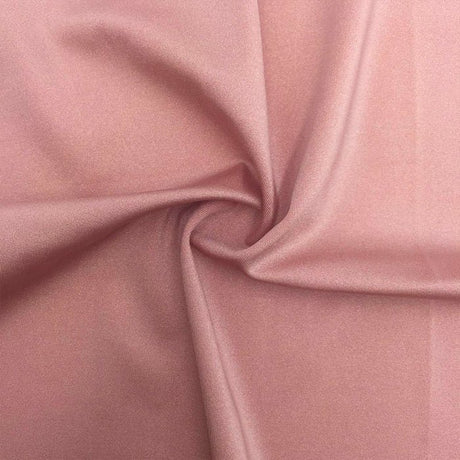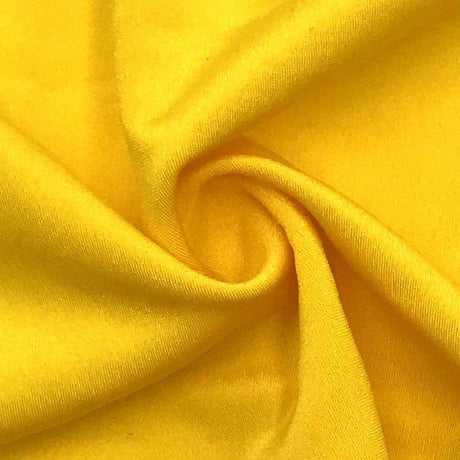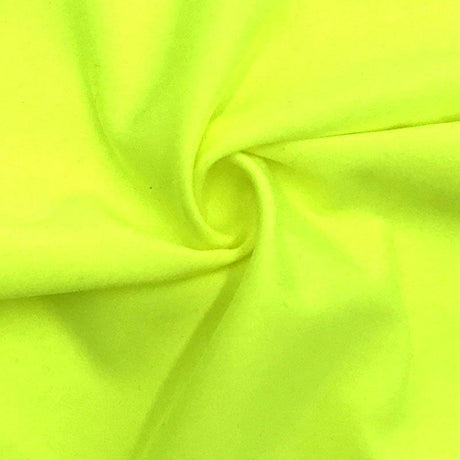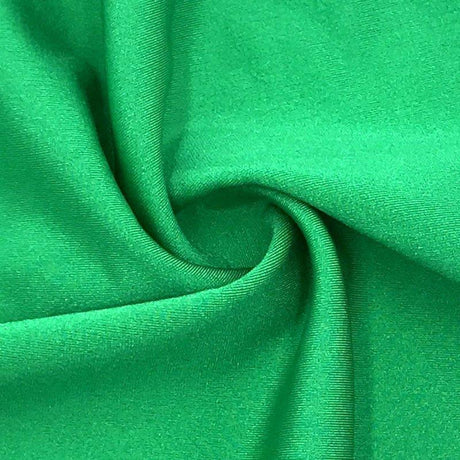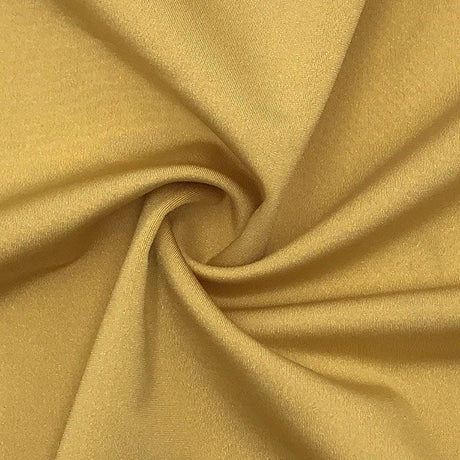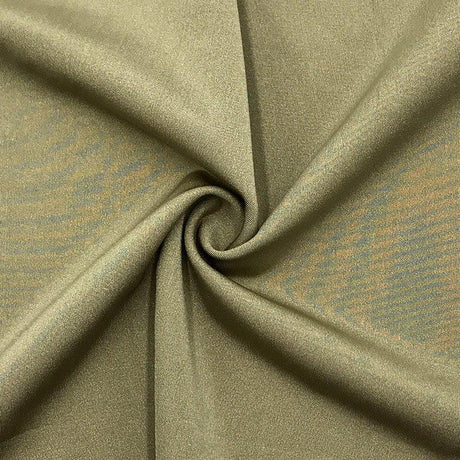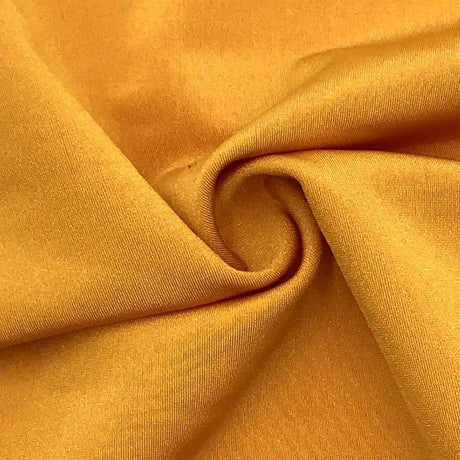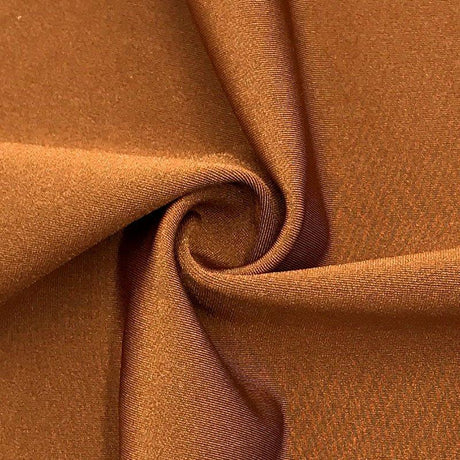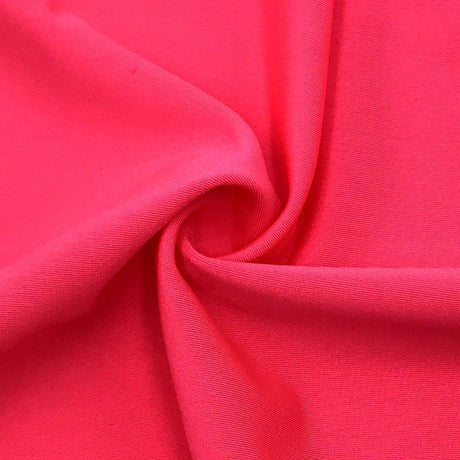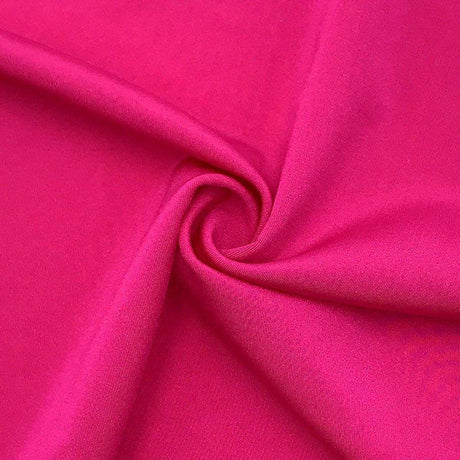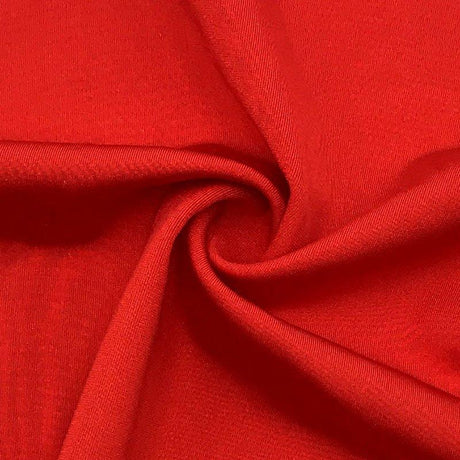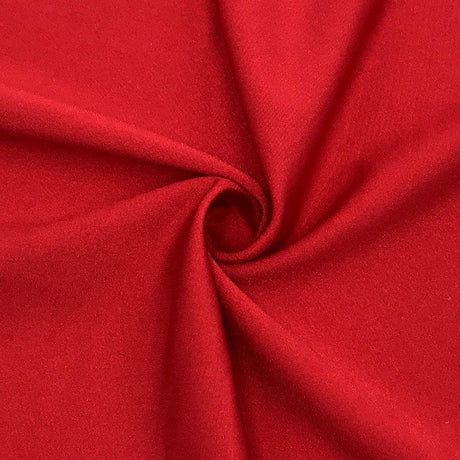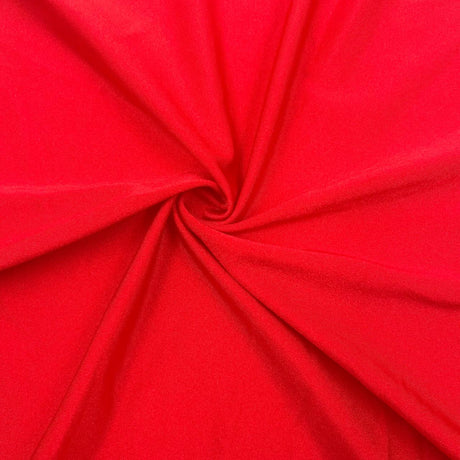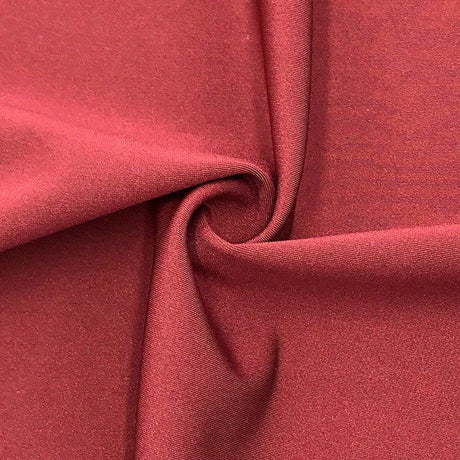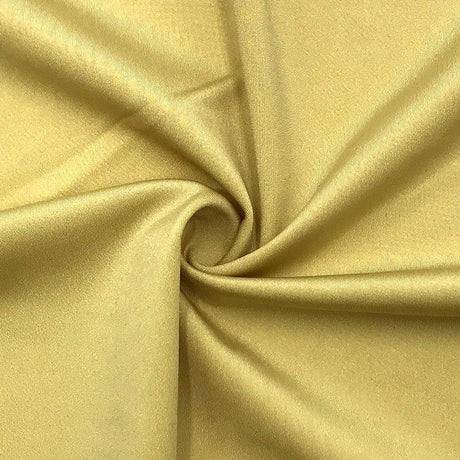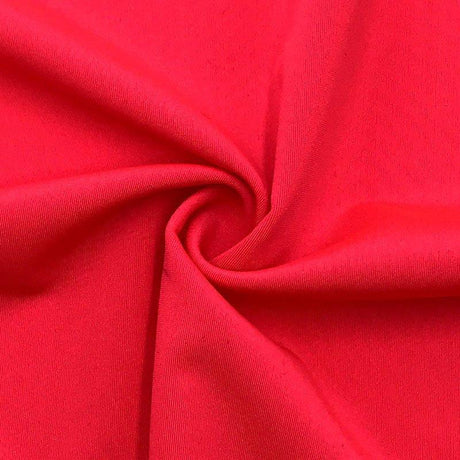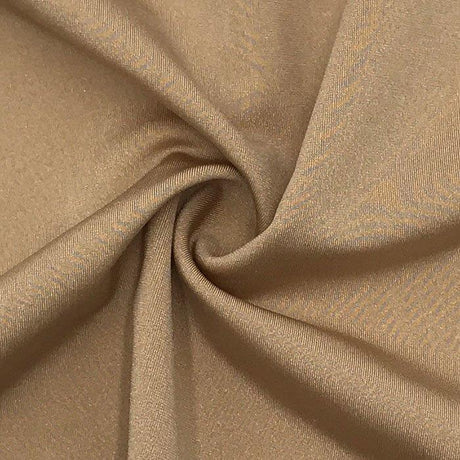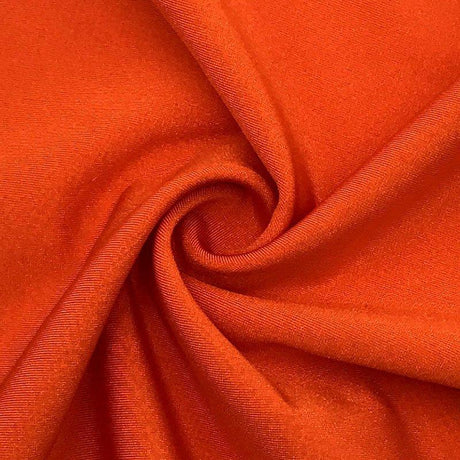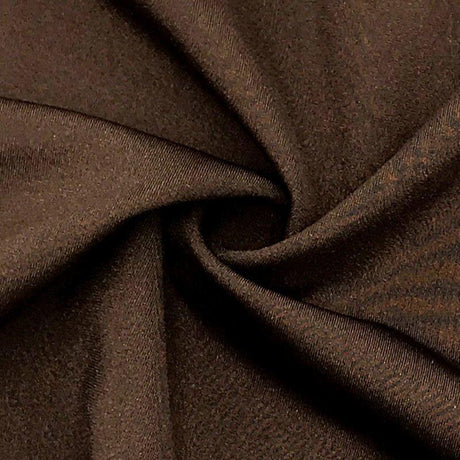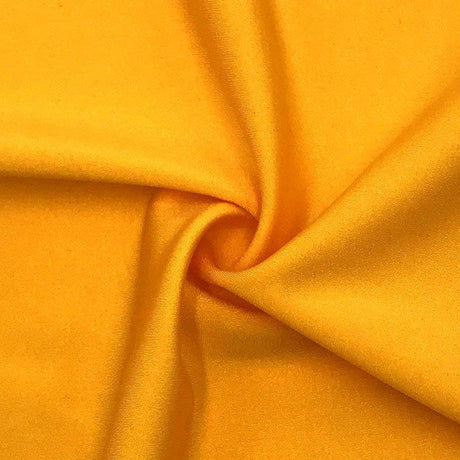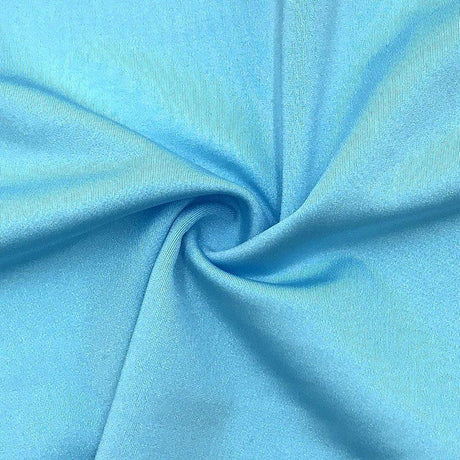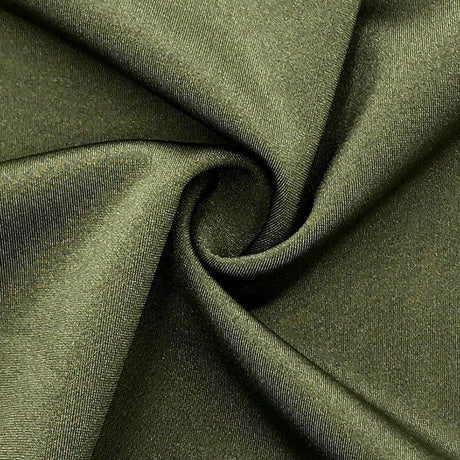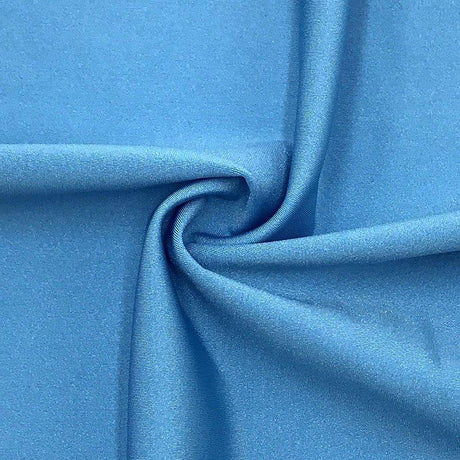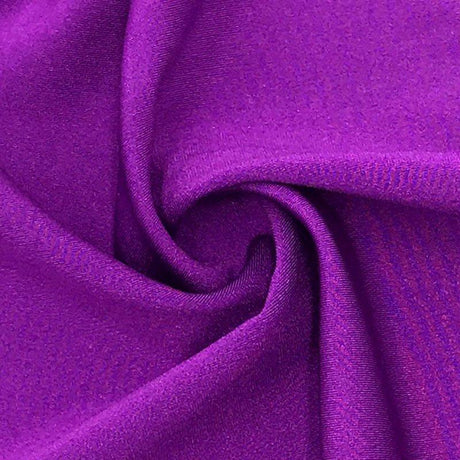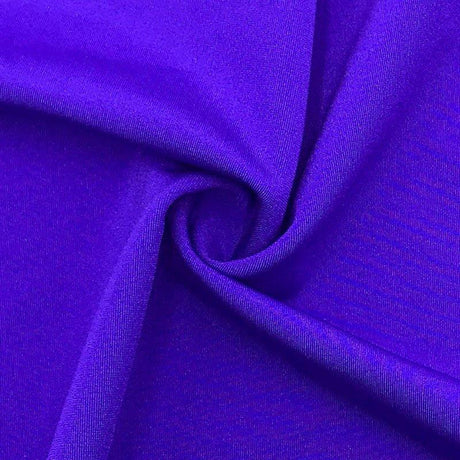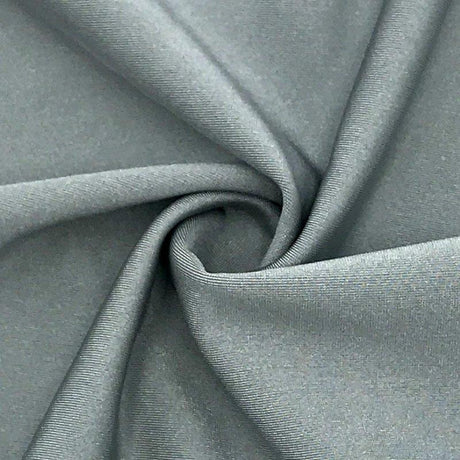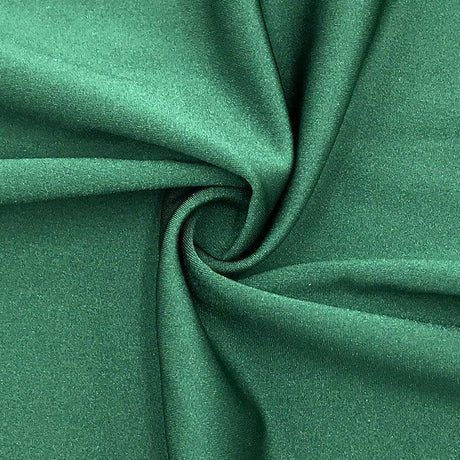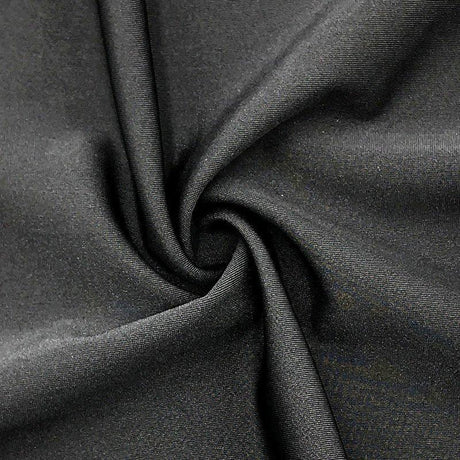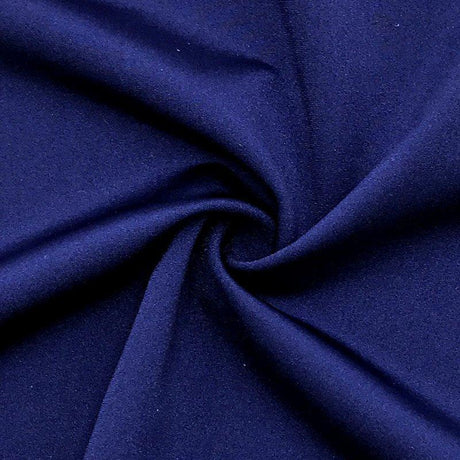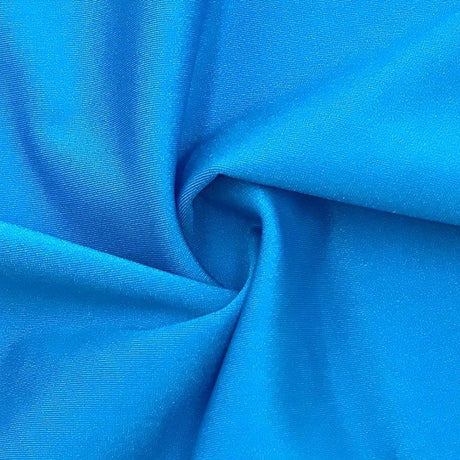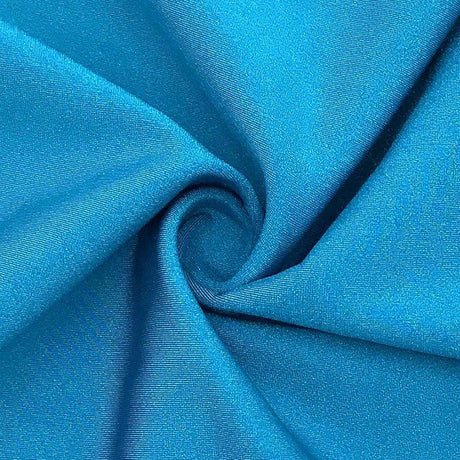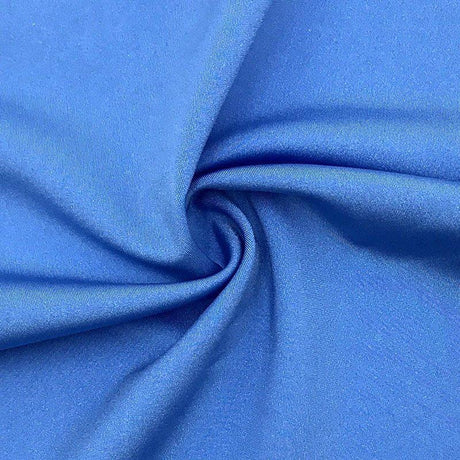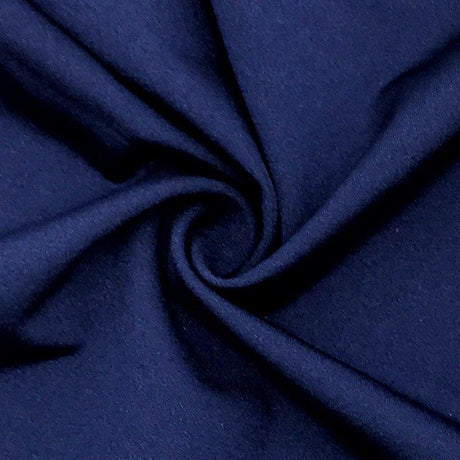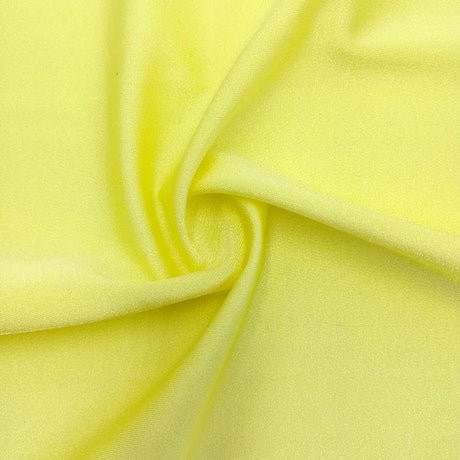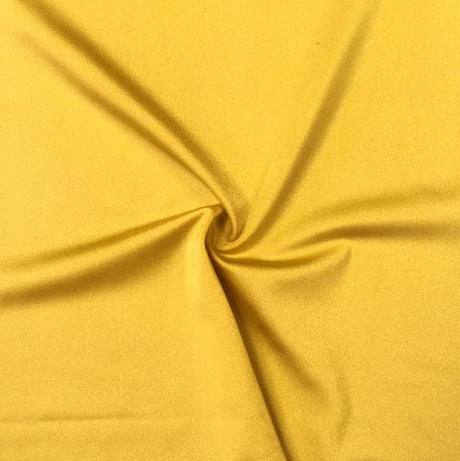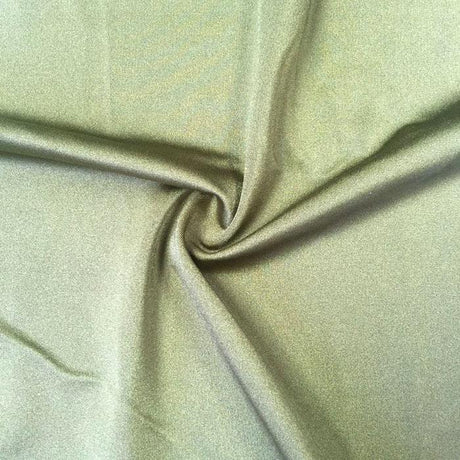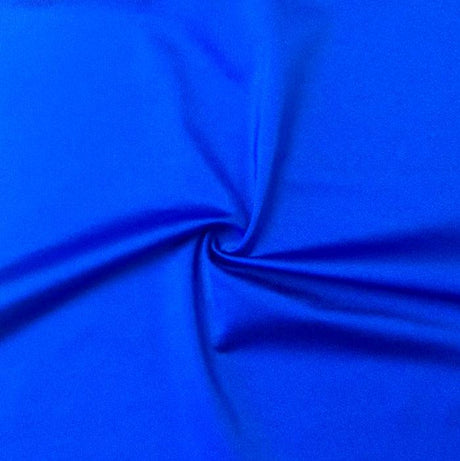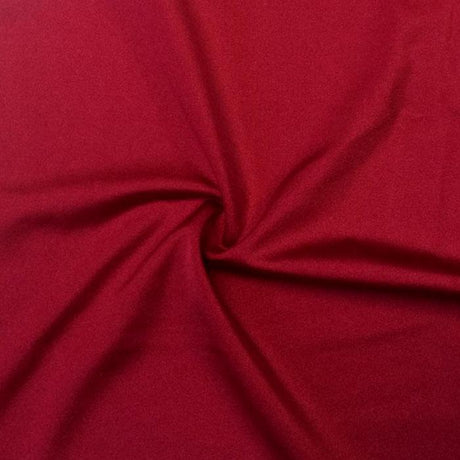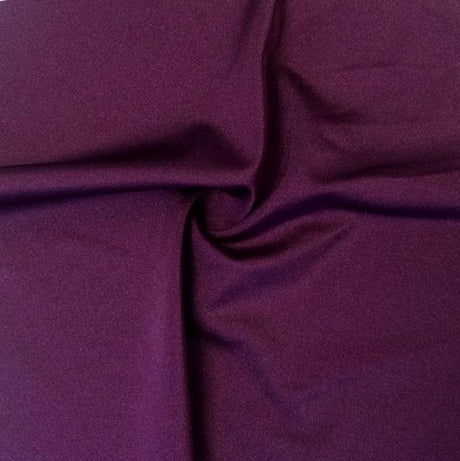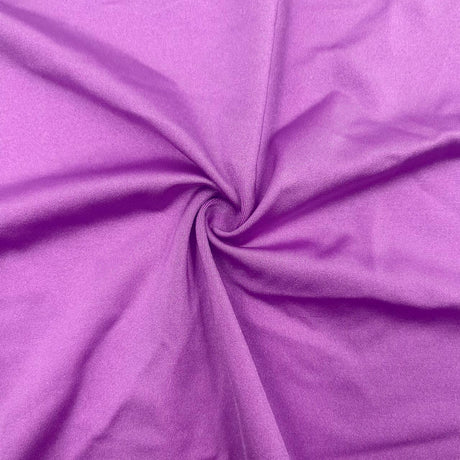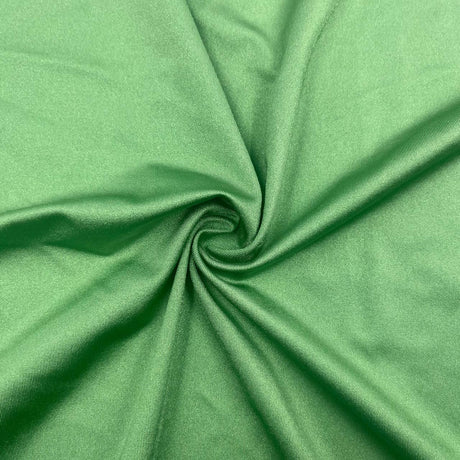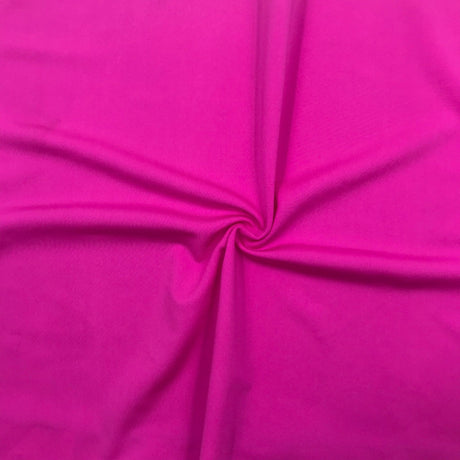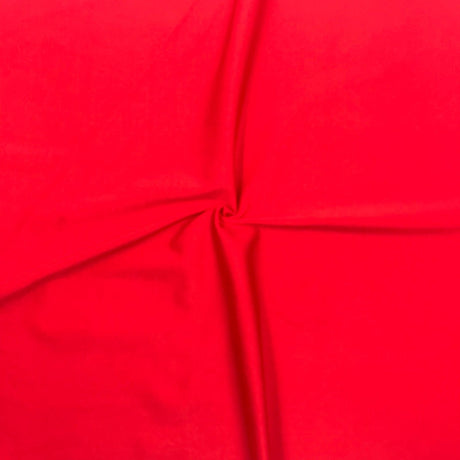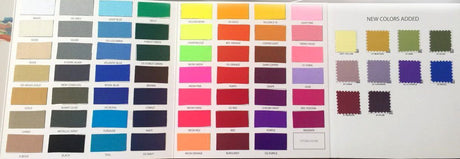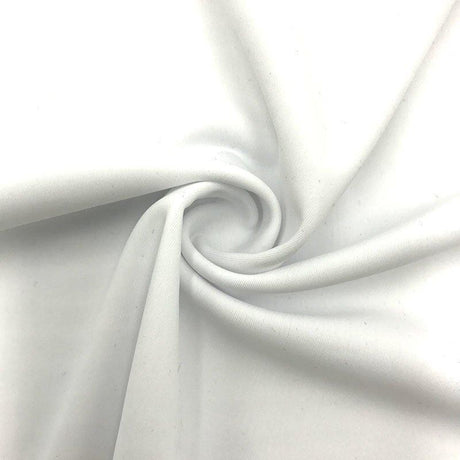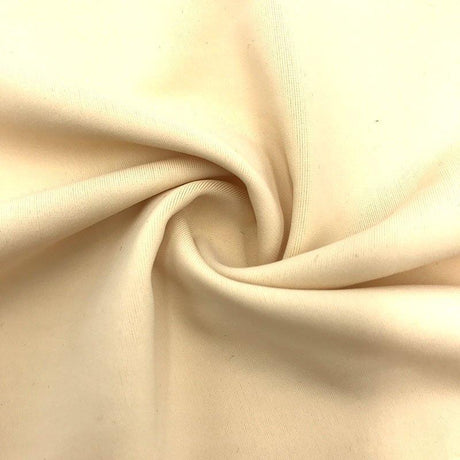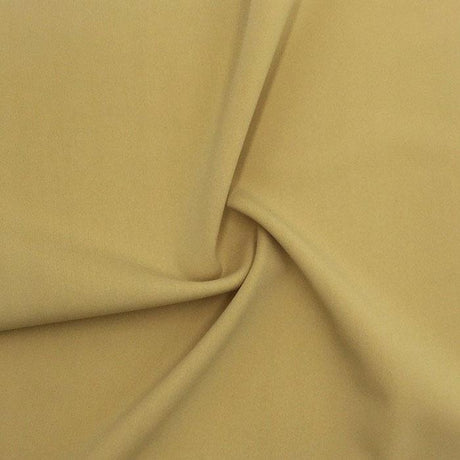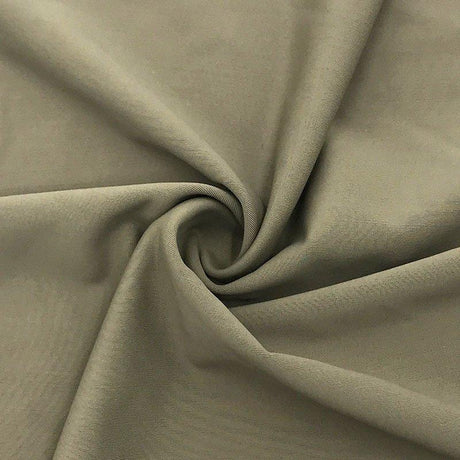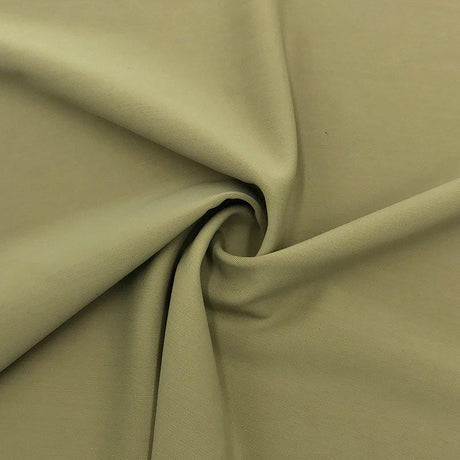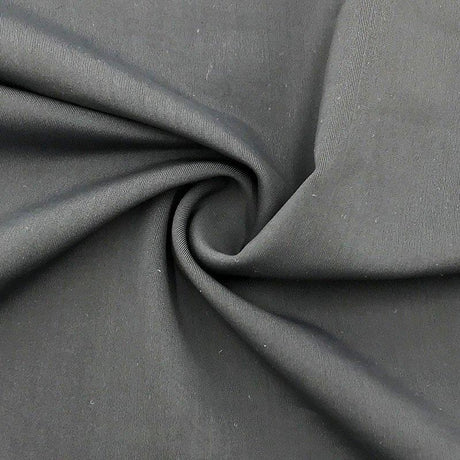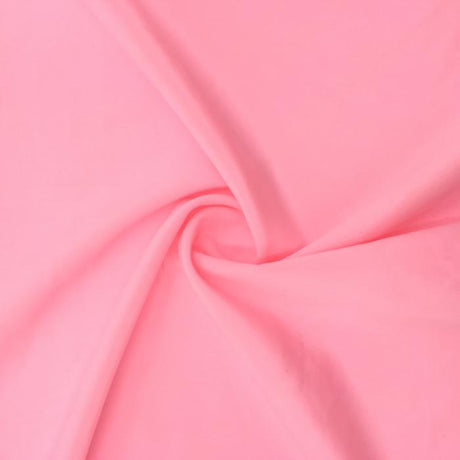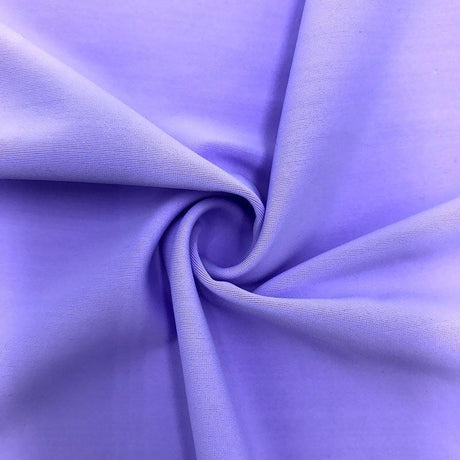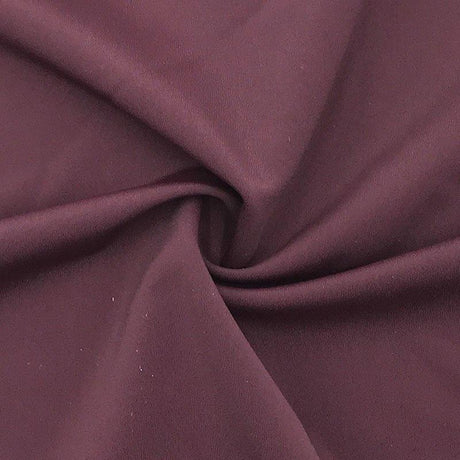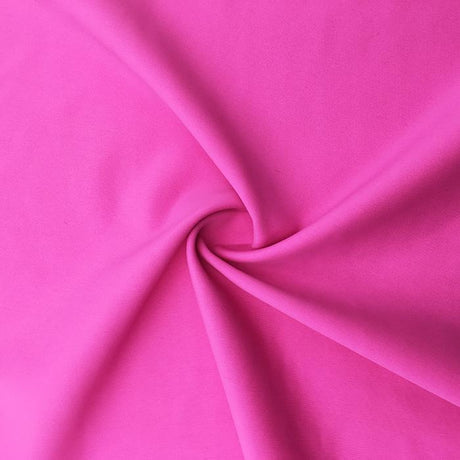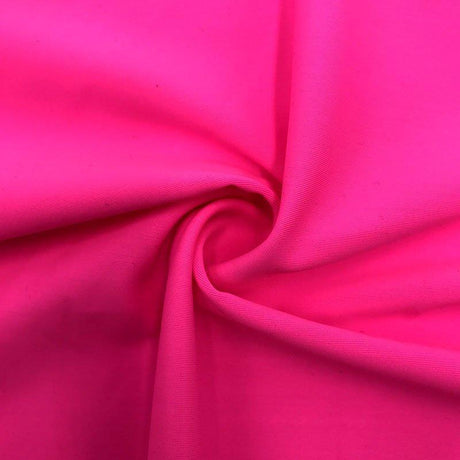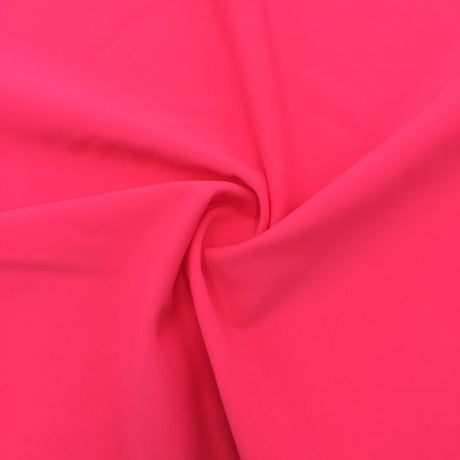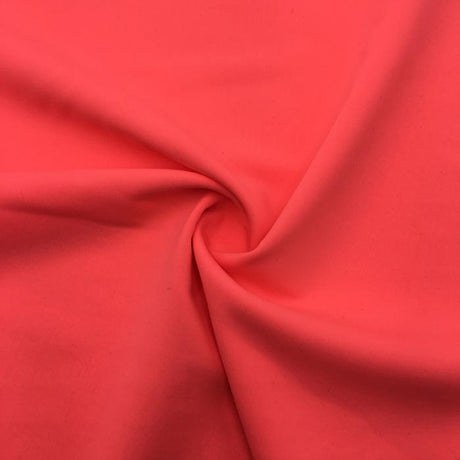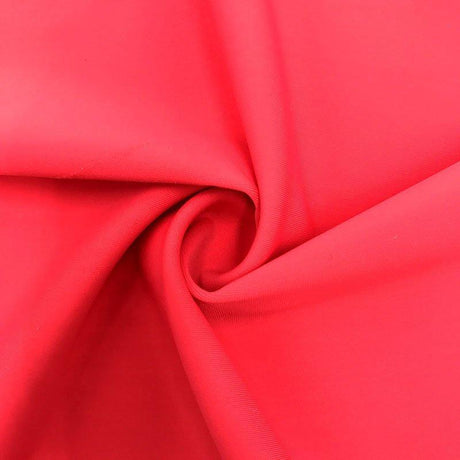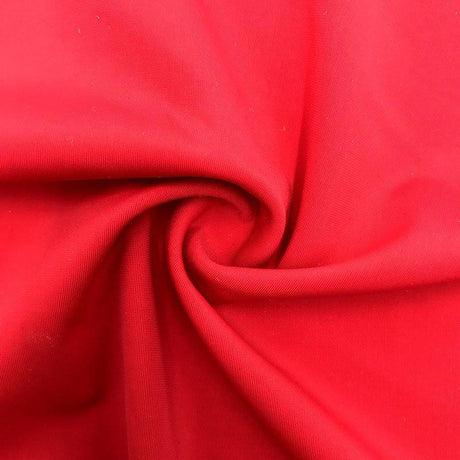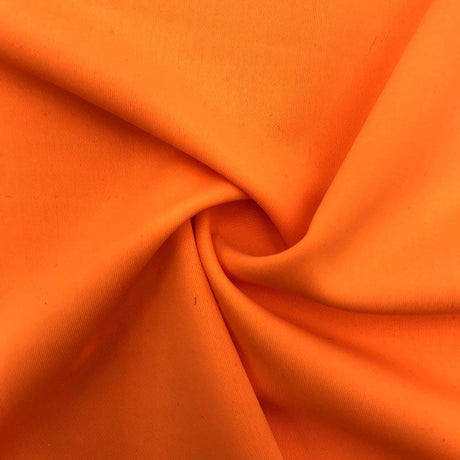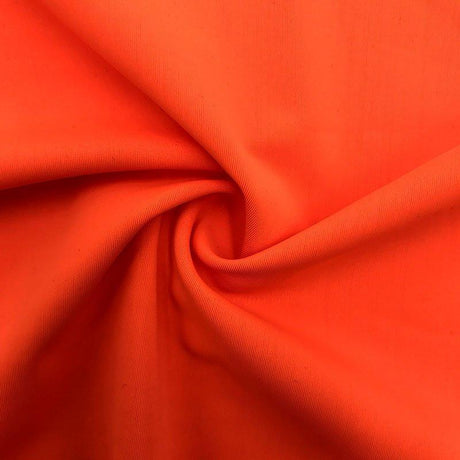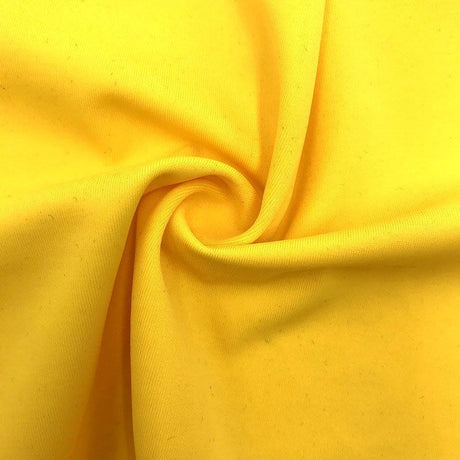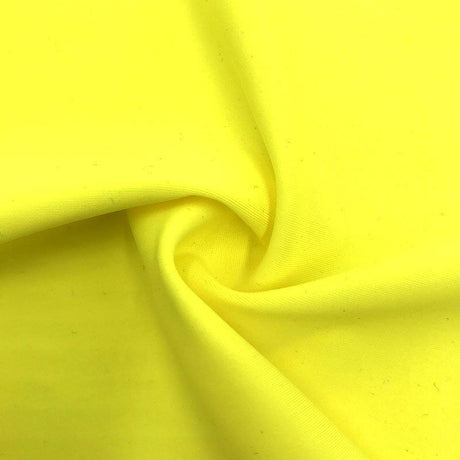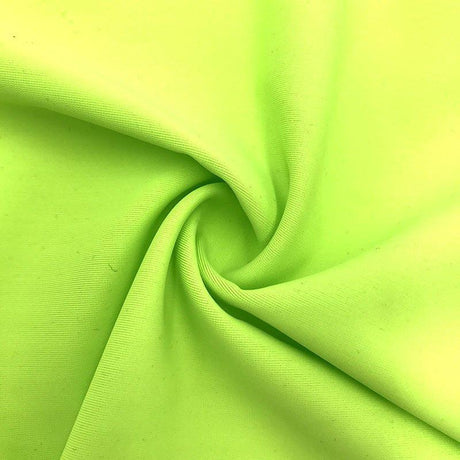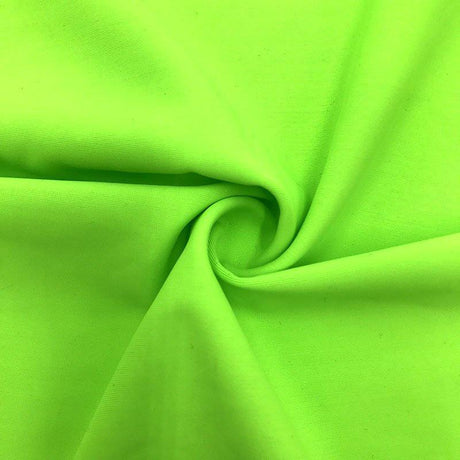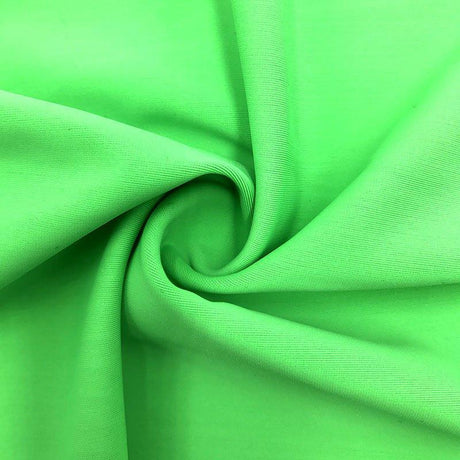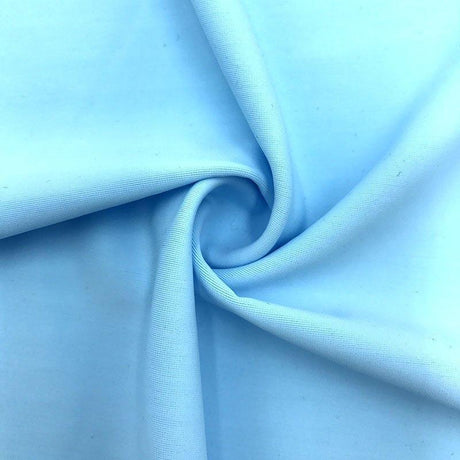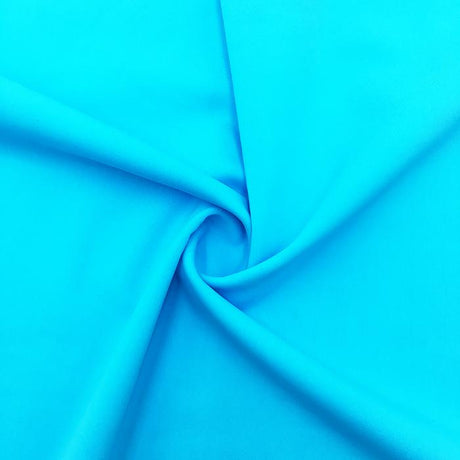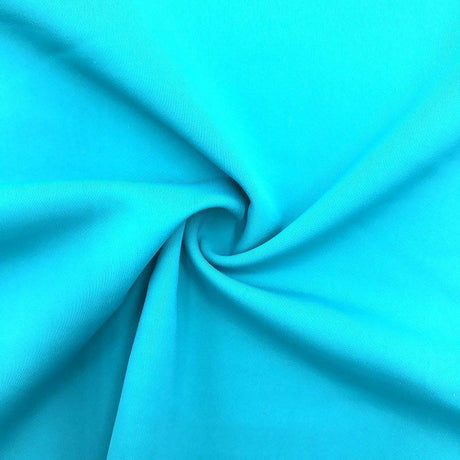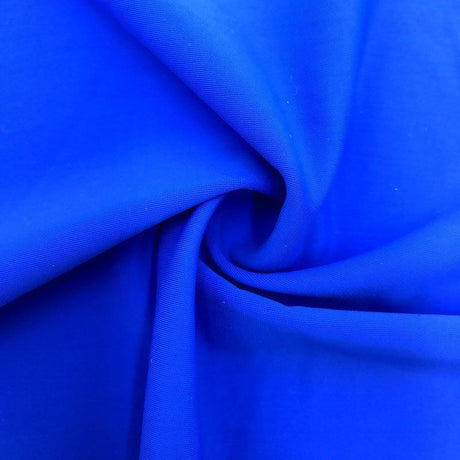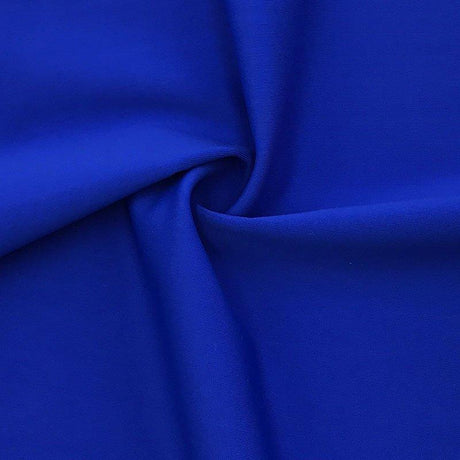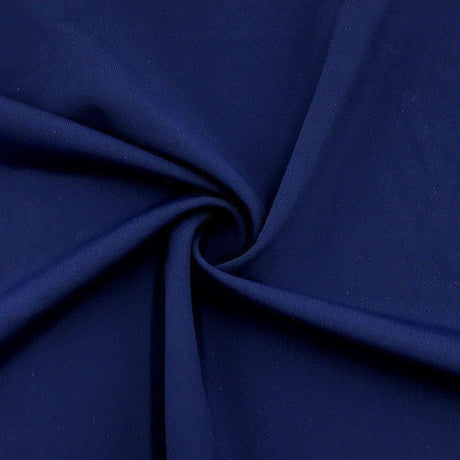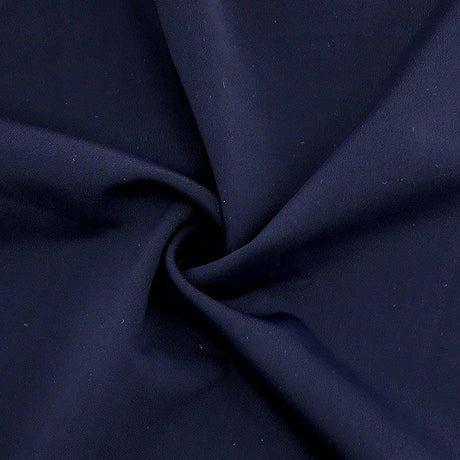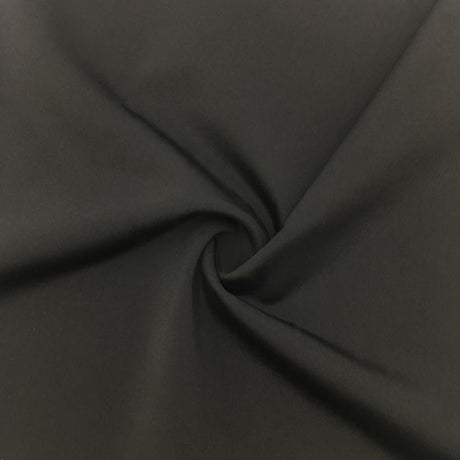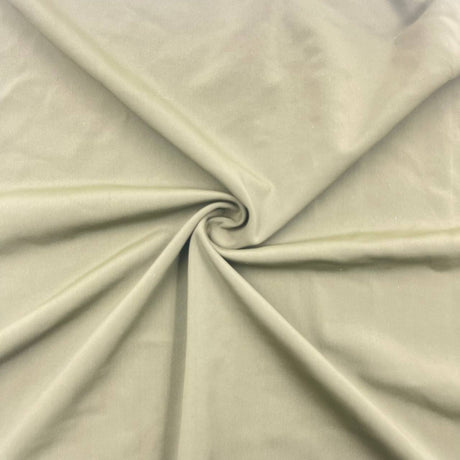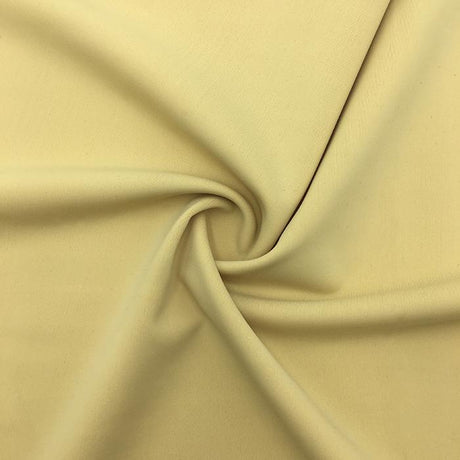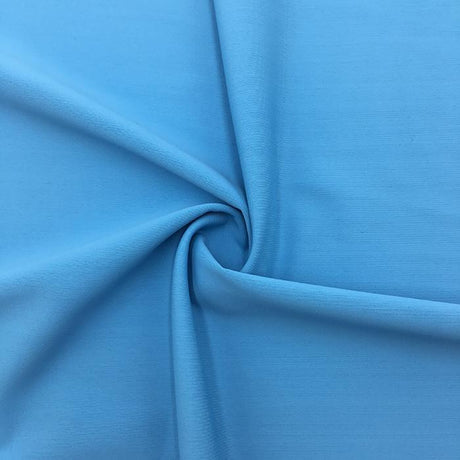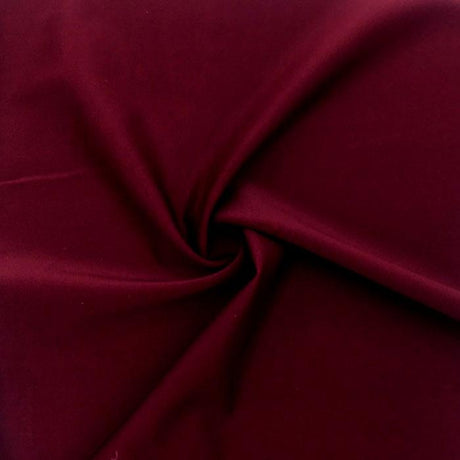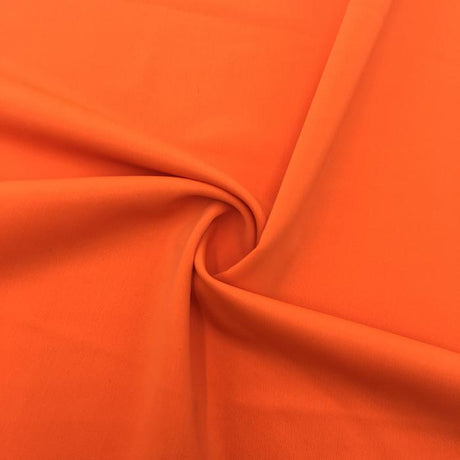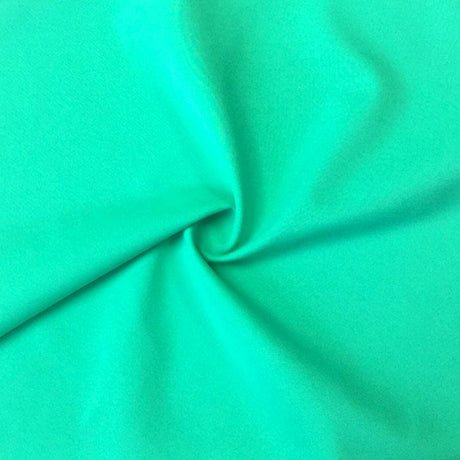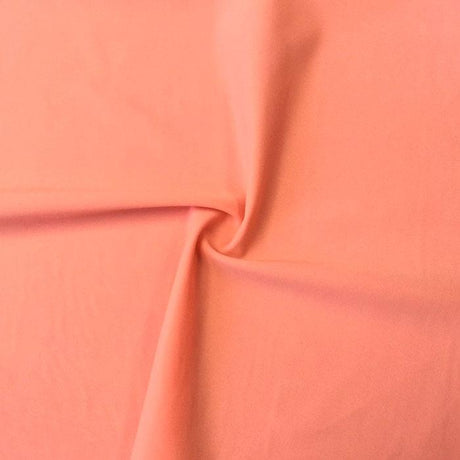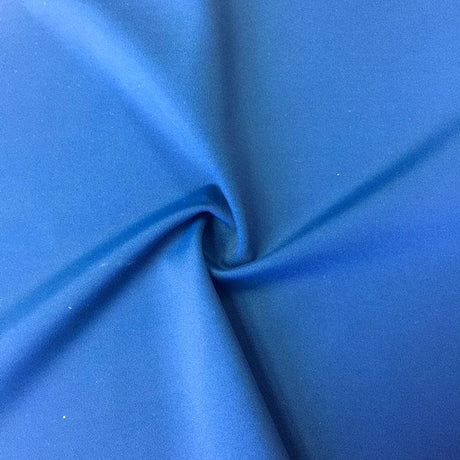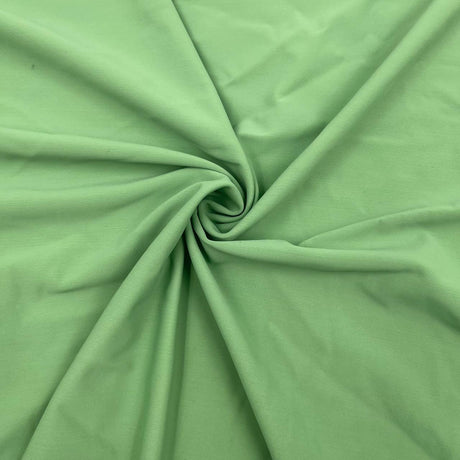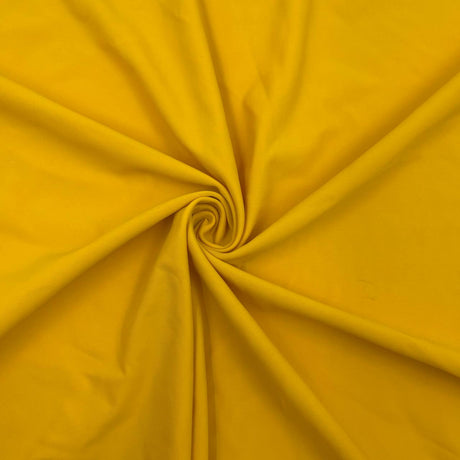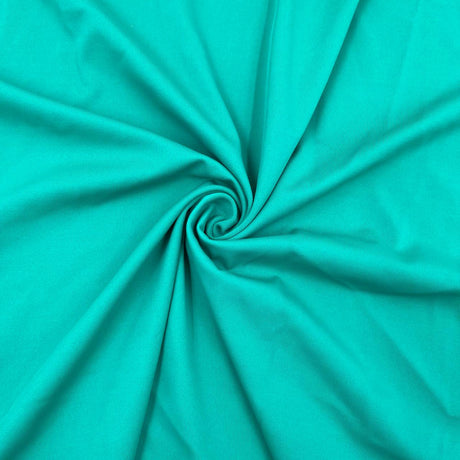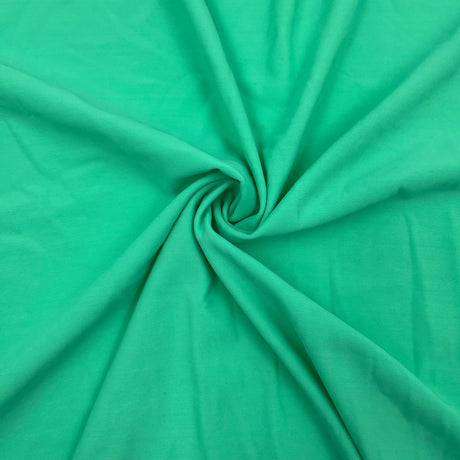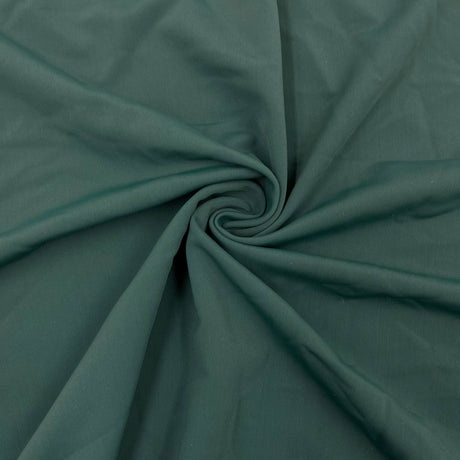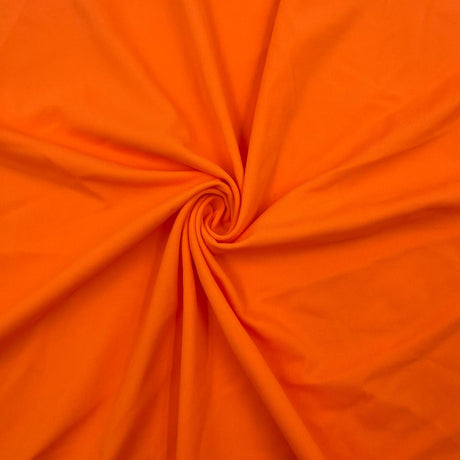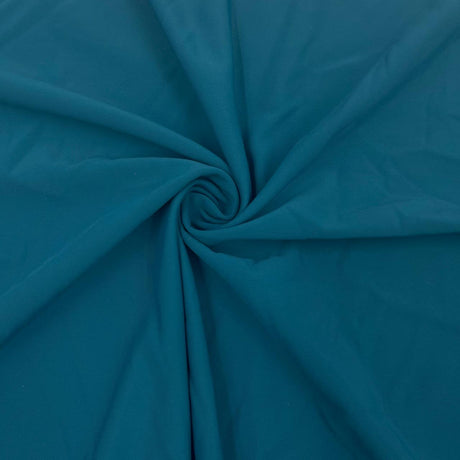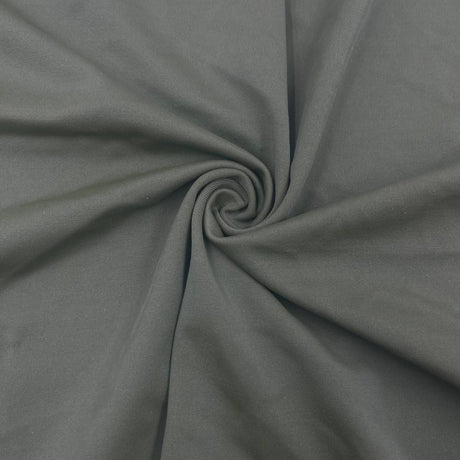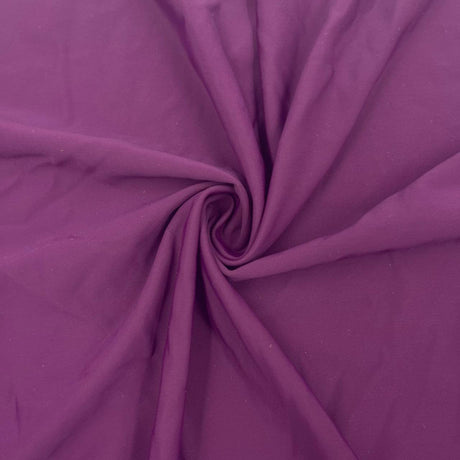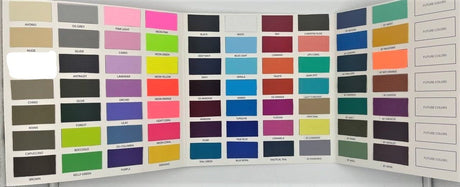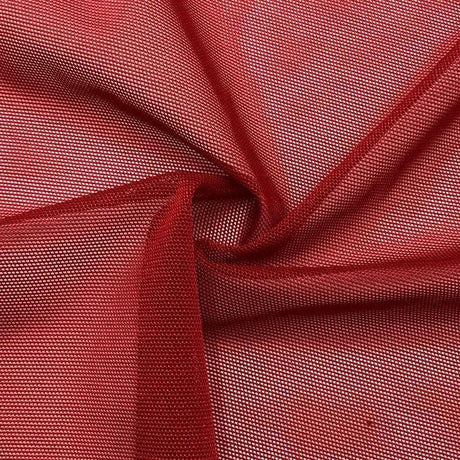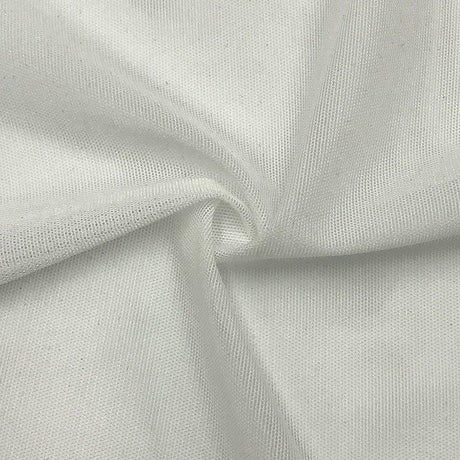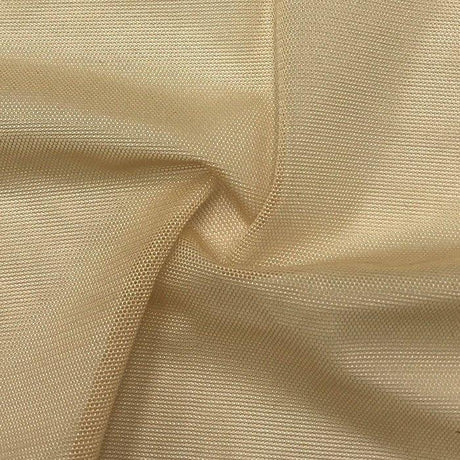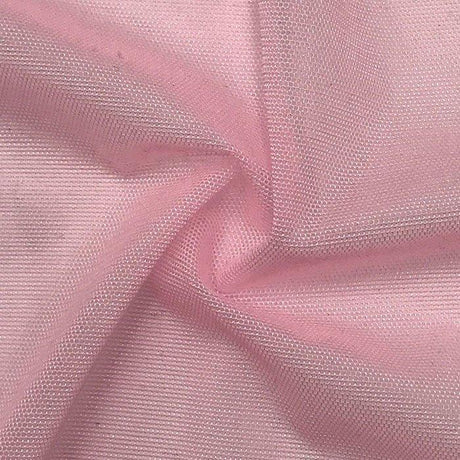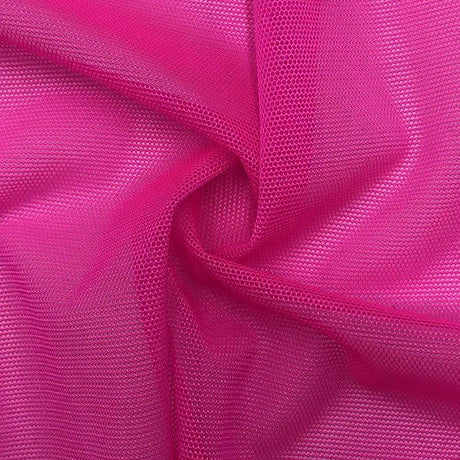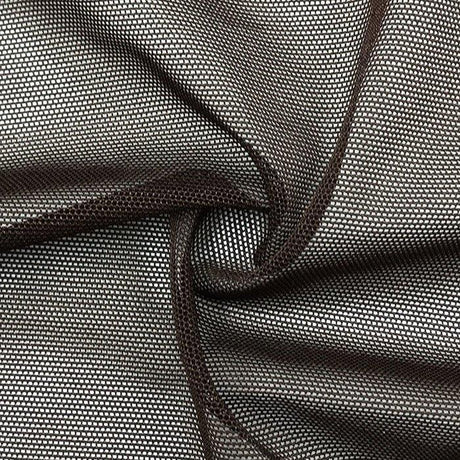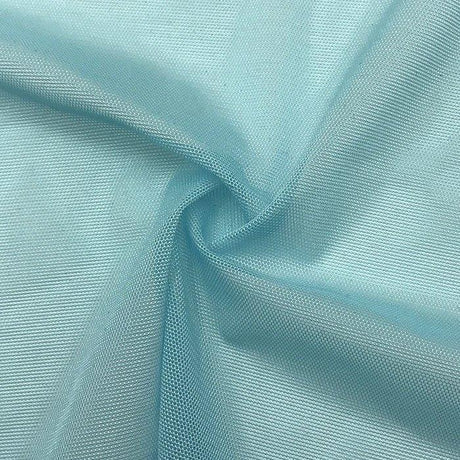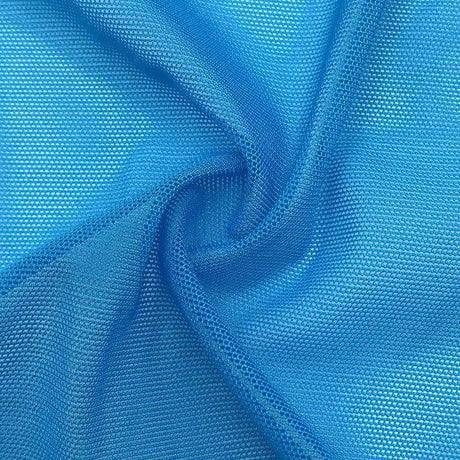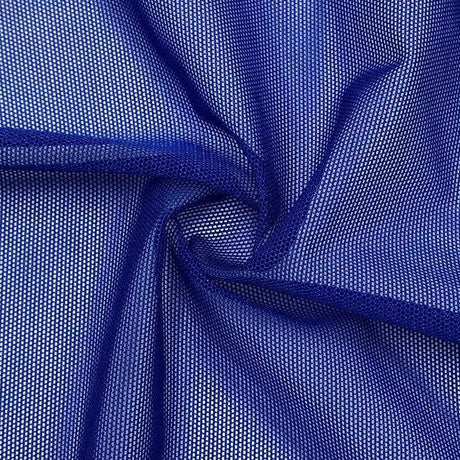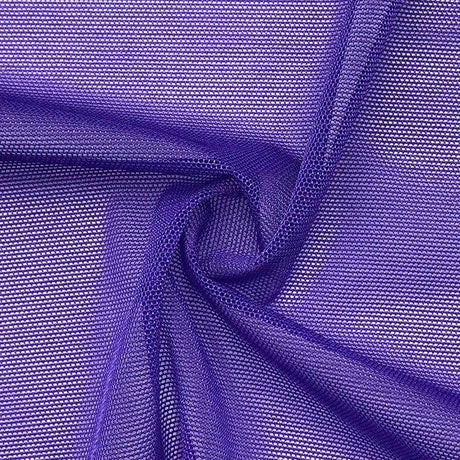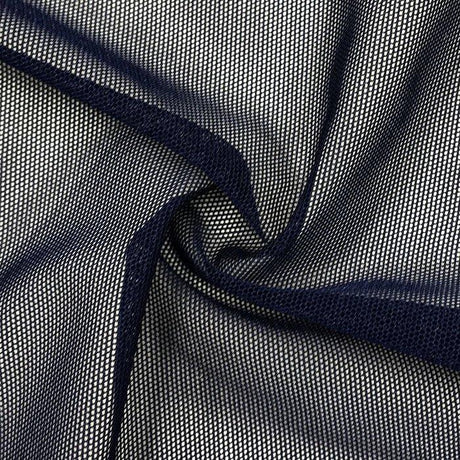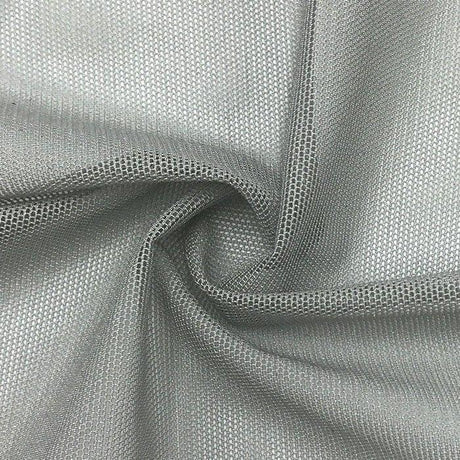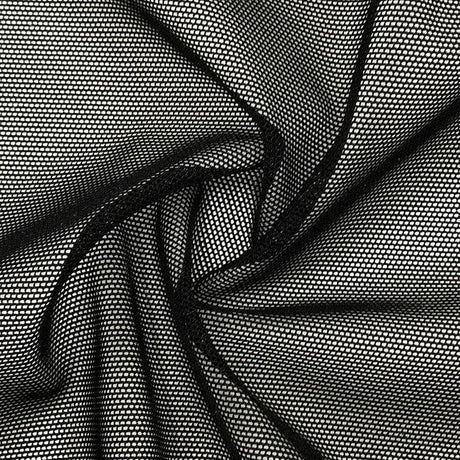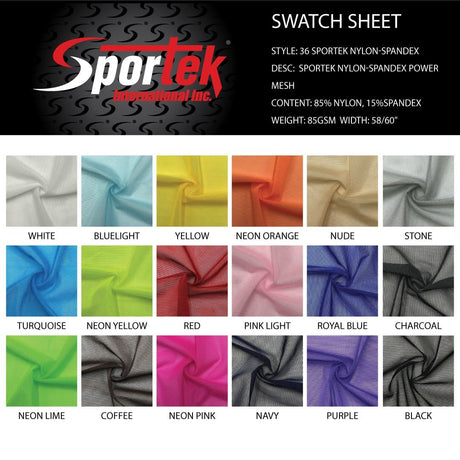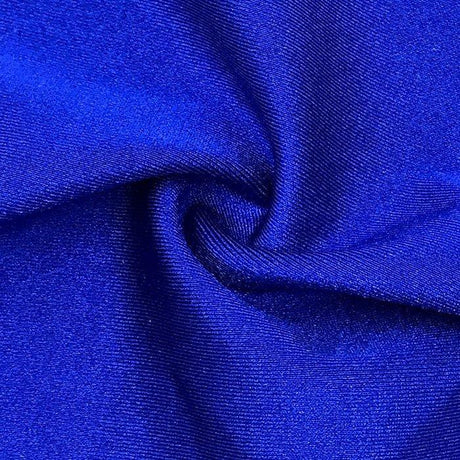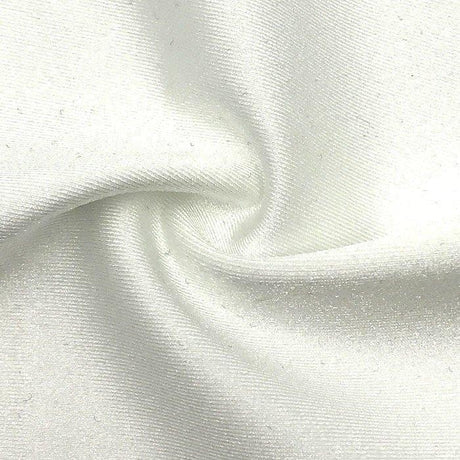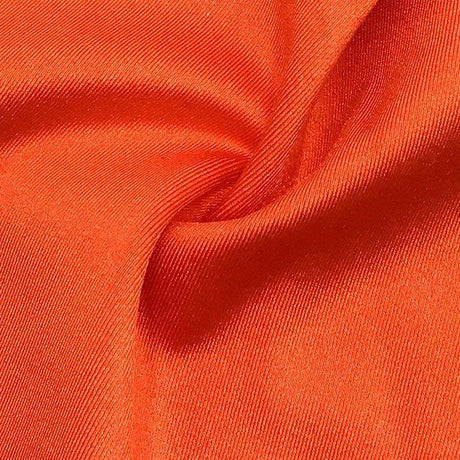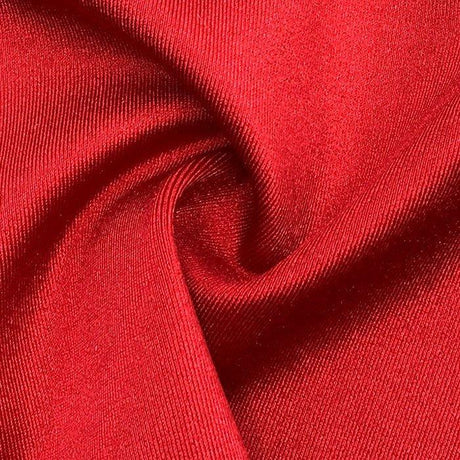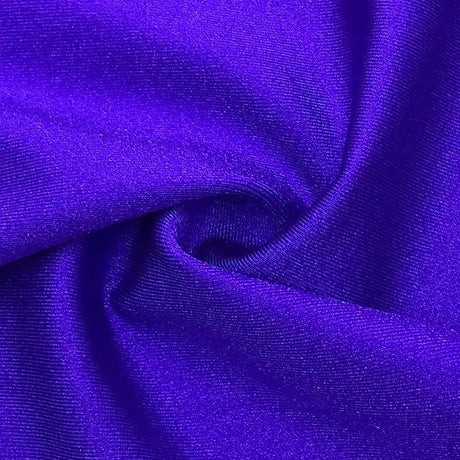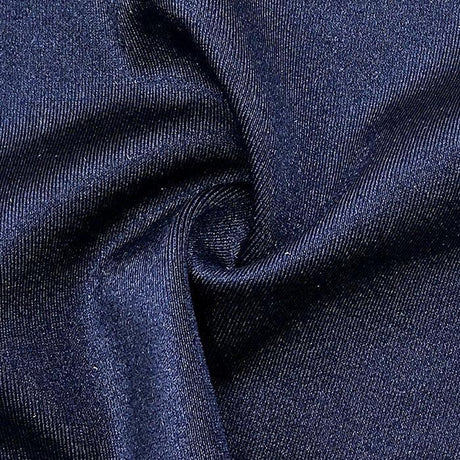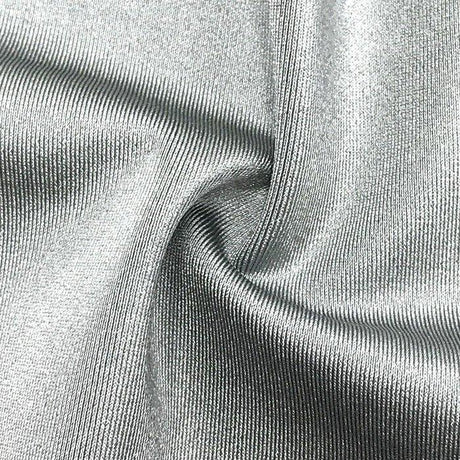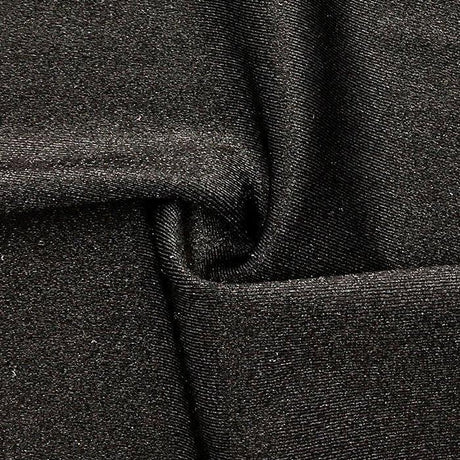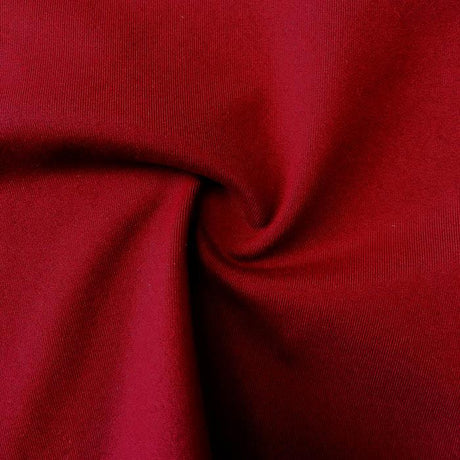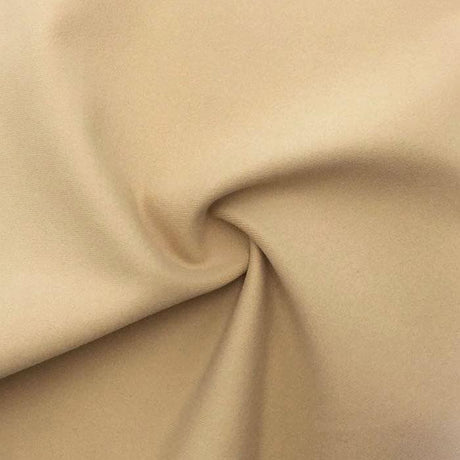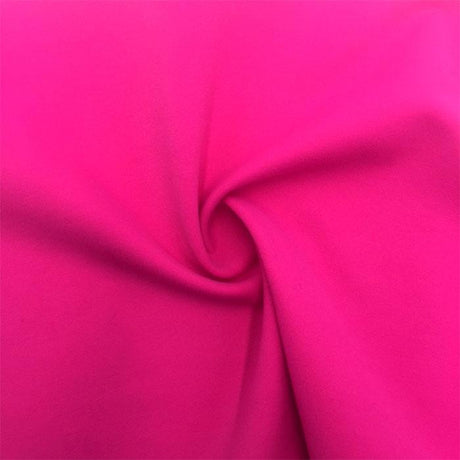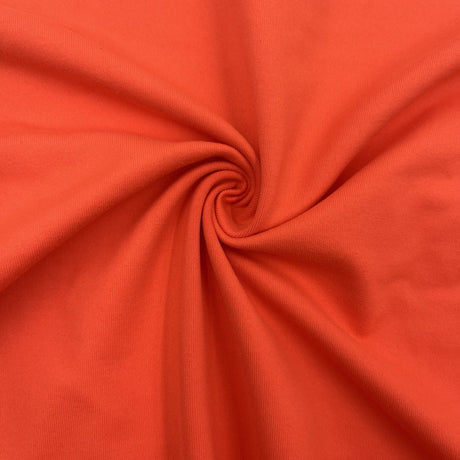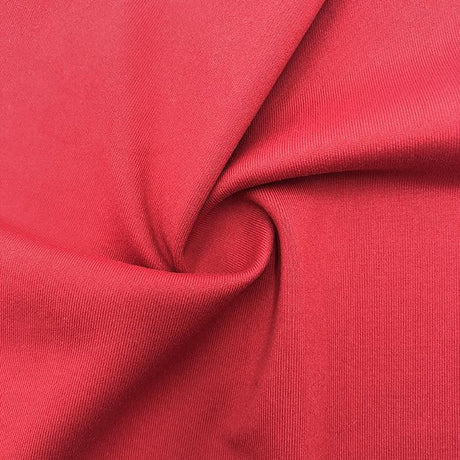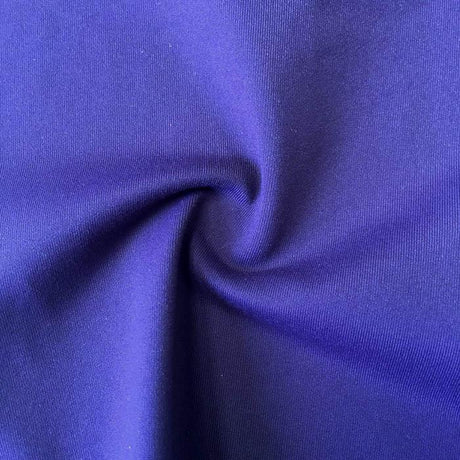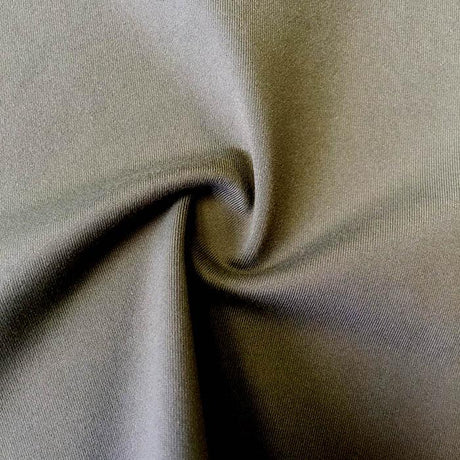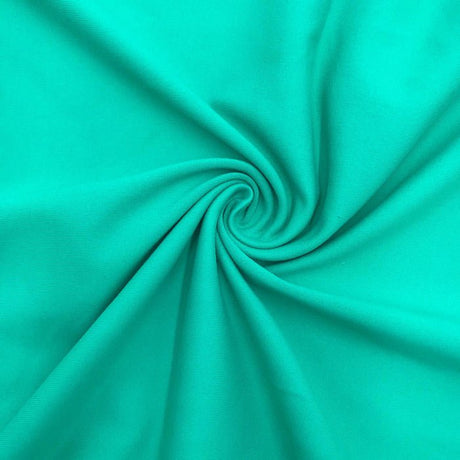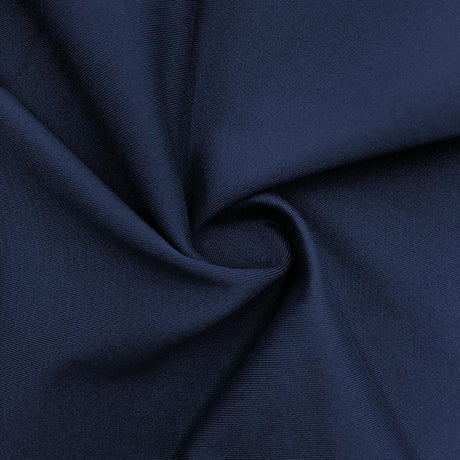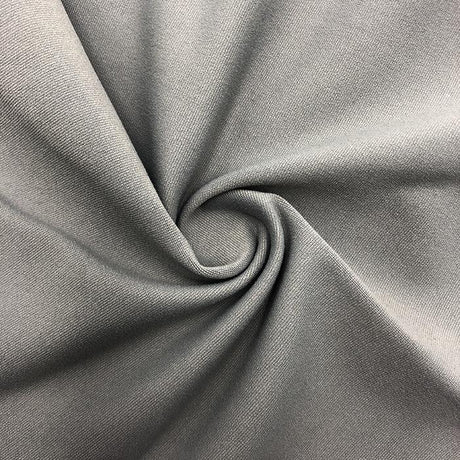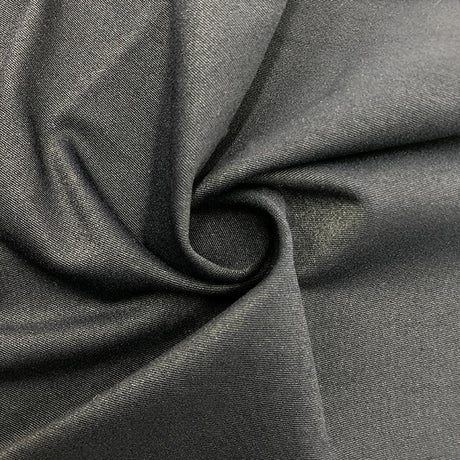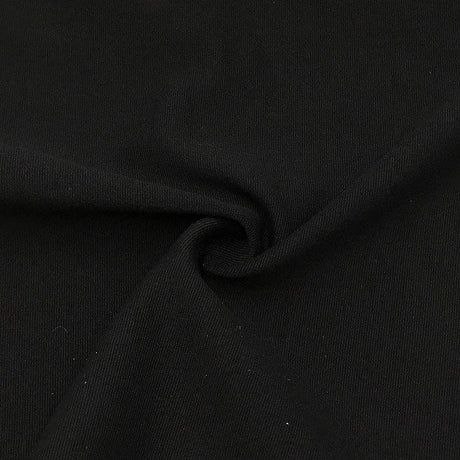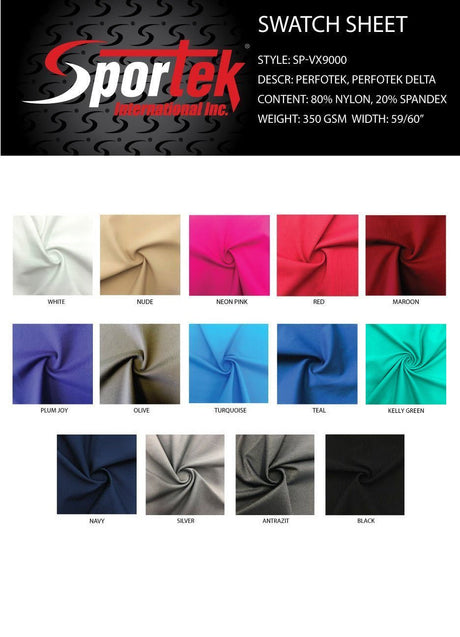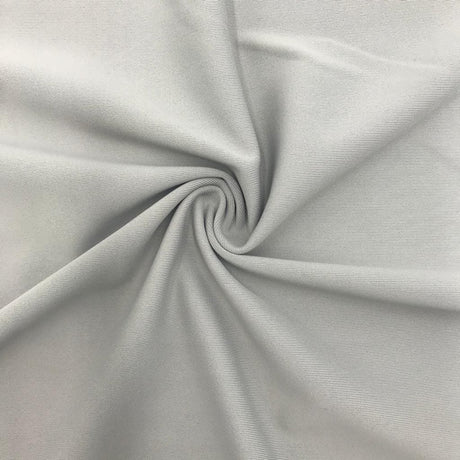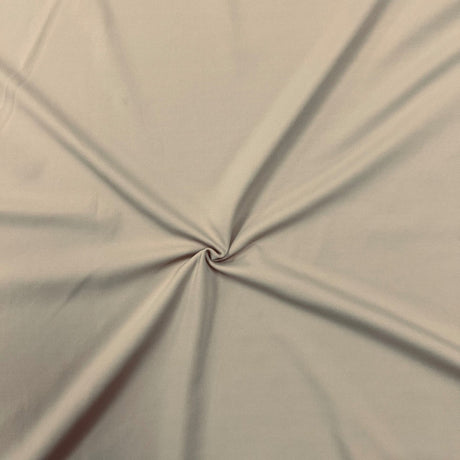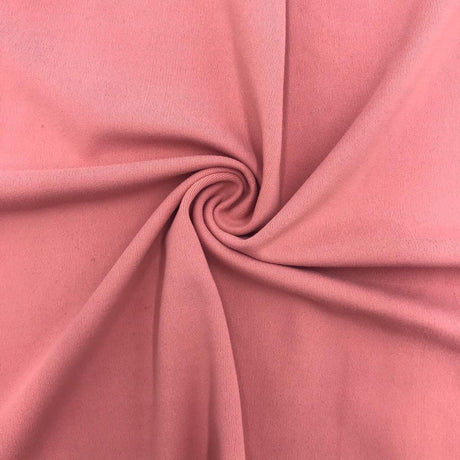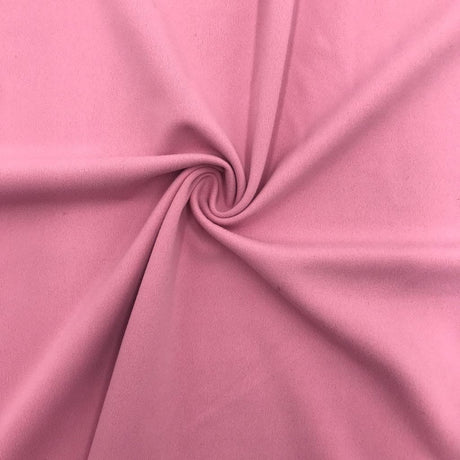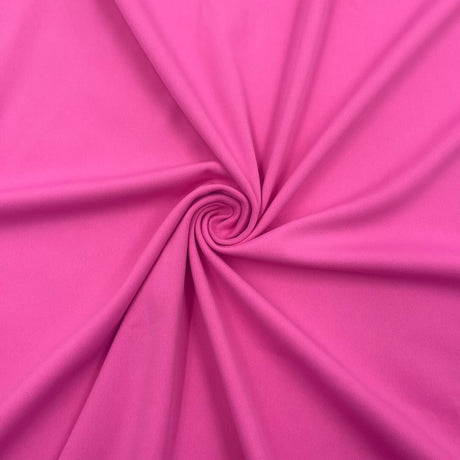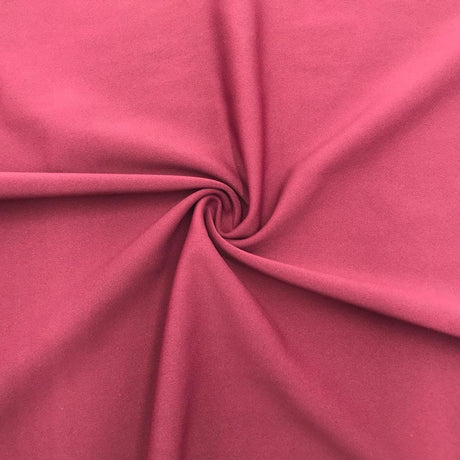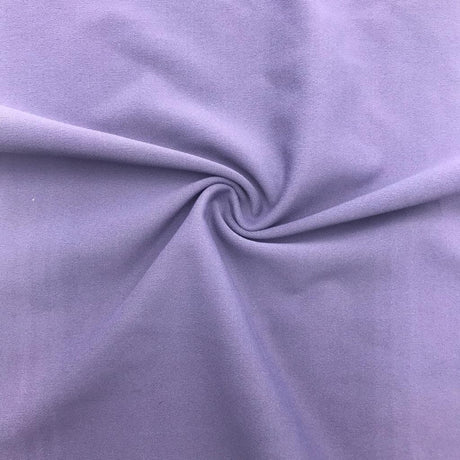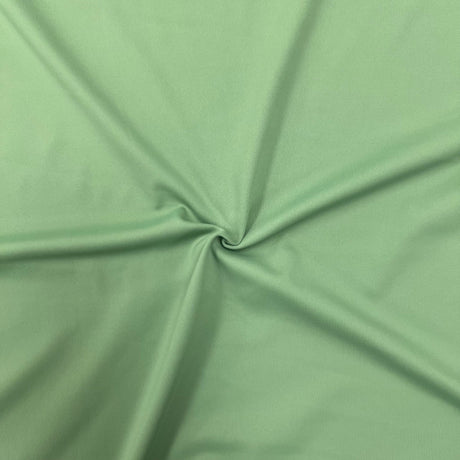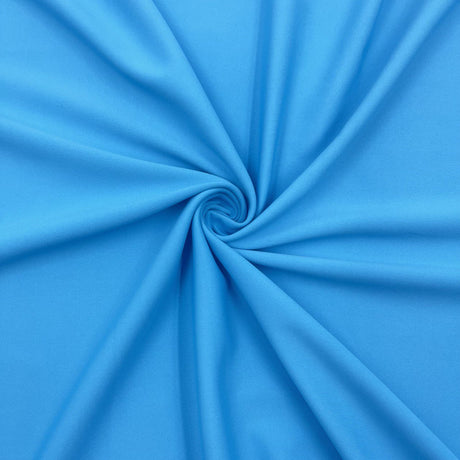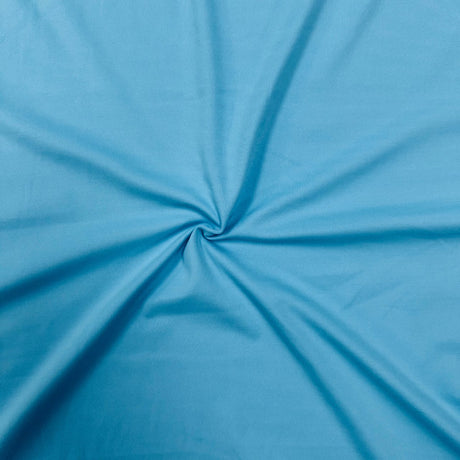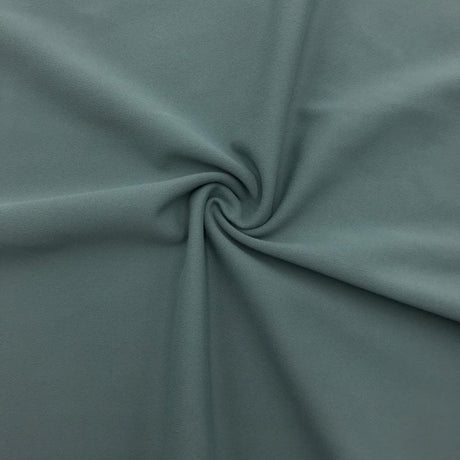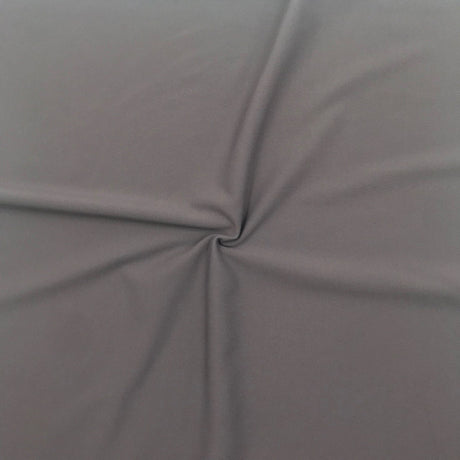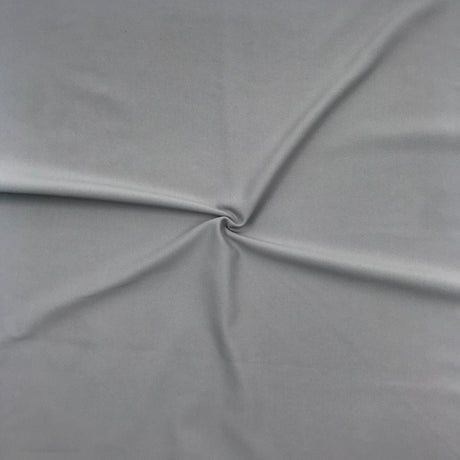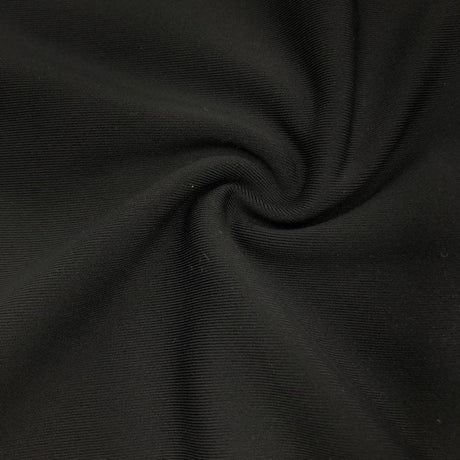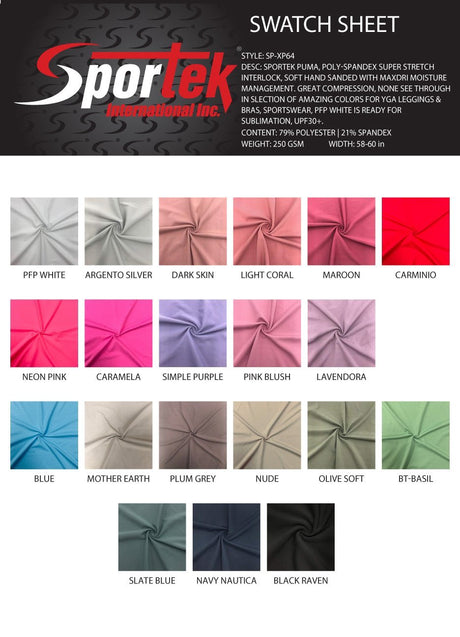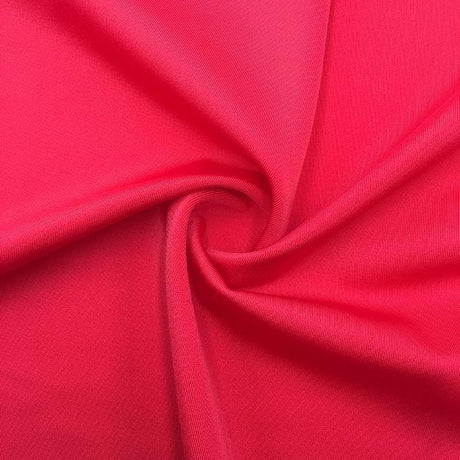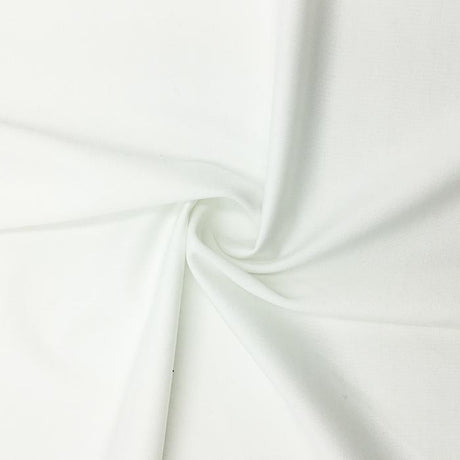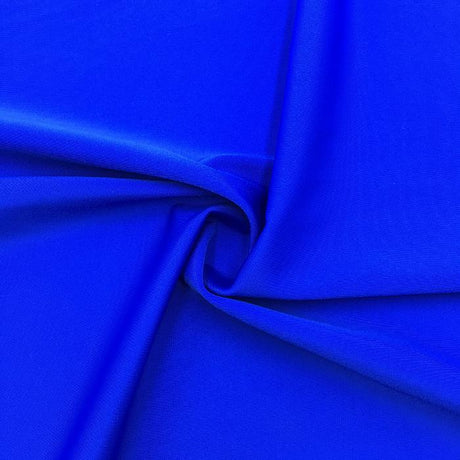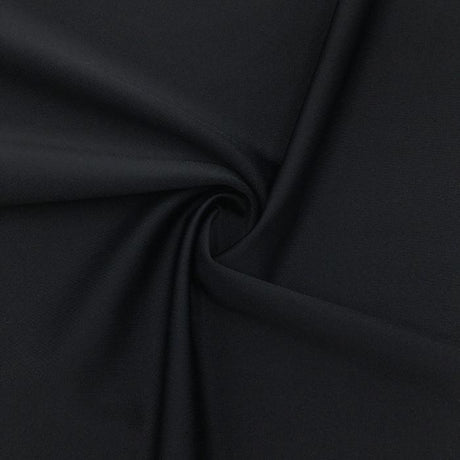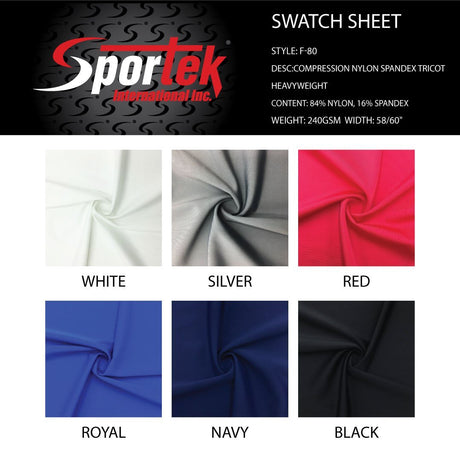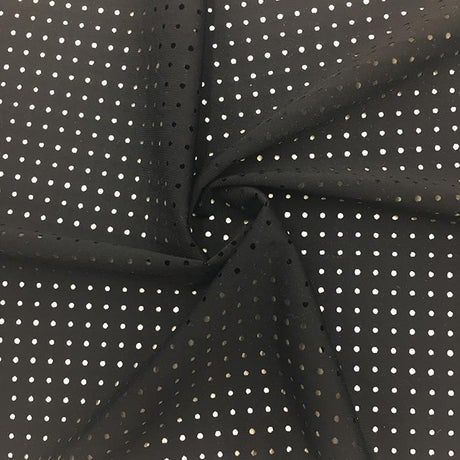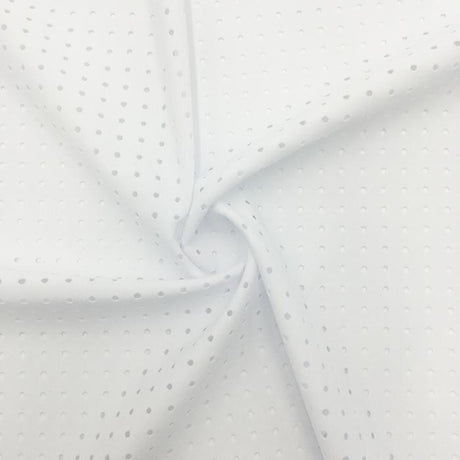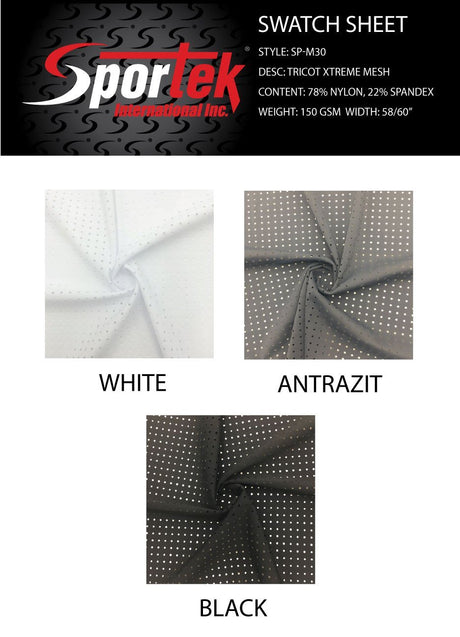Spandex (also known as elastane) is the stretchy fiber that gives activewear, swimwear, and other apparel their snap-back fit. But traditional spandex is petroleum-based and notoriously difficult to recycle – it doesn’t biodegrade and often ends up in landfills. In fact, even a tiny amount of spandex in a garment can disrupt recycling; as little as 1% elastane in a cotton T-shirt can cause the item to be rejected by textile recyclers. Enter recycled spandex: an innovative, eco-friendly alternative offering the same performance stretch with a lighter environmental footprint. This article explores what recycled spandex is, how it’s made, its performance versus virgin spandex, and its role in sustainable fashion.
What Is Recycled Spandex?
Recycled spandex refers to elastane fibers produced from previously used materials (scraps or old garments) instead of fresh fossil fuel resources. In essence, it’s spandex made from spandex, part of a circular model of keeping materials in use. Virgin spandex, by contrast, is made from new polyurethane-based polymers derived from petroleum. Recycled spandex fibers utilize waste that would otherwise be discarded, reducing the need for virgin feedstock and cutting down on waste. Crucially, modern recycled spandex is engineered to match the quality of virgin spandex, so manufacturers and consumers get the same stretch and recovery they expect. For example, The LYCRA Company’s EcoMade™ spandex (which contains recycled pre-consumer content) delivers the same comfort, fit, and freedom of movement as standard Lycra® fiber. In short, the key difference lies in origin and sustainability: virgin spandex is new and resource-intensive, while recycled spandex is made from reclaimed materials with a smaller environmental impact.
How Recycled Spandex Is Made
Producing recycled spandex can follow a couple of pathways depending on the source of the waste. Broadly, there are two categories of spandex recycling feedstock:
- Pre-Consumer Waste: This is the most common source for recycled spandex today. It involves collecting post-industrial scraps – trimmings, off-cuts, and fiber waste from spandex manufacturing or textile production – before they ever reach consumers. These clean, relatively pure scraps are then reprocessed into new fibers. The waste spandex may be mechanically recycled by grinding it into pellets or dissolving it into a solution for re-spinning. For instance, researchers have developed methods to crush spandex waste and mix it into a polyurethane solution, which is then dry-spun to create new spandex filament with properties identical to conventional spandex. Major fiber producers leverage pre-consumer recycling: Lycra® EcoMade spandex, for example, blends about 20% of pre-consumer spandex waste into new yarn without sacrificing performance. Similarly, Hyosung’s creora® regen elastane uses 100% reclaimed production waste, diverting factory scrap from landfills.
- Post-Consumer Waste: This refers to recycling spandex from used garments after consumer use – the “holy grail” of elastane recycling. Because spandex is almost always blended with other fibers (e.g. 90% nylon/10% spandex in swimwear), extracting it from old clothes is technically challenging. There is ongoing research into advanced techniques to achieve this, including chemical recycling methods. One approach is selective dissolution: using special solvents to dissolve and recover spandex from blended fabrics without destroying the other fibers. Another approach is chemical depolymerization, breaking the elastane down to its chemical building blocks for re-polymerization. These processes are still in early development, as separating elastane from a mixed textile is complex. Nonetheless, innovators are making progress – for example, research efforts are exploring ways to chemically degrade spandex in blends, though spandex’s high chemical stability means it resists breakdown. In some experiments, even with only ~6% spandex in a polyester blend, the spandex portion significantly hindered the chemical recycling of the polyester (reducing polyester monomer recovery by ~32% due to stubborn spandex residues). This underscores the difficulty, but also the importance, of developing effective post-consumer spandex recycling.
Key players and technologies: Leading elastane manufacturers have introduced recycled spandex offerings using primarily pre-consumer waste. Notable examples include:
- Lycra® EcoMade – The Lycra Company’s first branded recycled spandex, made with about 20% pre-consumer elastane fiber waste blended with virgin polymer. It is Global Recycled Standard certified and delivers identical stretch and longevity to standard Lycra. This fiber is used in products like stretch denim and activewear to add sustainable stretch.
- Hyosung creora® regen – A recycled spandex from Hyosung (Korea) made from 100% reclaimed production waste. As a GRS-certified elastane, creora® regen eliminates the need for new raw material in its production. Hyosung reports that for every ton of recycled elastane produced, ~2 tons of non-renewable raw materials are saved from extraction – a significant resource benefit.
- Asahi Kasei ROICA™ EF – Launched in 2016, this was the world’s first GRS-certified recycled spandex yarn, made with over 50% pre-consumer content. ROICA EF paved the way for commercial recycled elastane, showing that more than half of a spandex fiber could come from waste without compromising quality. (Asahi Kasei also produces ROICA V550, a biodegradable spandex, but that tackles end-of-life via biodegradation – a different innovation outside the scope of “recycled” spandex.)
Looking ahead, if post-consumer elastane recycling becomes viable, we could truly close the loop: imagine old yoga pants chemically broken down and spun into new stretch yarns. For now, most recycled spandex on the market comes from the easier route of pre-consumer industrial waste.
Technical Challenges in Recycling Spandex
While the concept of recycled spandex is exciting, there are significant technical challenges to overcome, especially for post-consumer recycling. Some of the key challenges include:
- Separation from Blends: Spandex is rarely used alone; it’s almost always knit or woven with other fibers (polyester, nylon, cotton, etc.). This blending is a recycling nightmare. The elastane is essentially “glued” to other fibers, making it difficult to isolate. Traditional recycling systems struggle with even small percentages of spandex – for example, 1% elastane in fabric can ruin the recycling of the other 99%. Removing spandex from blends often requires either solvent processes to dissolve it out or thermal processes to melt or burn it off (which destroys the spandex). Neither is simple. The result is that, today, many recyclers choose to eliminate spandex early (e.g. using heat to degrade it) just to efficiently recover the other fibers. This solves one problem but wastes the spandex component. Achieving a method to cleanly separate and recover spandex from blended textiles remains a major hurdle.
- Mechanical Recycling Difficulties: Spandex’s very properties – high elasticity and a low melting point – make it troublesome in mechanical recycling equipment. When trying to shred or mechanically recycle fabrics containing spandex, the stretchy fibers can wrap around shredder teeth or entangle into clumps, and the material can even melt and gum up machinery. These tangles and blockages increase wear on equipment and raise processing costs. In short, spandex is a “killer fiber” for standard textile recycling machines, which were designed for more brittle fibers. Special handling or pre-processing is needed to deal with elastane content, which complicates recycling operations.
- Chemical Recycling Challenges: Breaking the polyurethane-based spandex polymer into reusable chemical constituents is not easy. Elastane is designed to be durable and chemically stable (it resists solvents and degradation in normal use), so it likewise resists intentional depolymerization. Harsh chemicals or catalysts are required to dissolve or degrade spandex, and this can lead to hazardous by-products or costly processes. Moreover, as noted earlier, spandex can interfere with chemical recycling of other materials – for instance, spandex remnants can contaminate recycled polyester or nylon outputs. Researchers are investigating solvent systems that selectively target polyurethane without damaging other polymers, as well as enzymatic or biological methods to biodegrade spandex in a controlled way. Some experimental studies have shown certain microbes or enzymes might break down polyurethane, offering a greener route in the future. But these technologies are in their infancy for elastane, and scaling them up will take time.
- Economic Viability: Even when it’s technically possible to recycle spandex, the economics can be unfavorable. Separating and reprocessing a fiber that is often only 5–10% of a garment is a lot of effort for a small yield. Current recycling innovations (like solvent-based separations) tend to be expensive and not yet industrialized. Industry analysts note that extracting spandex fiber for recycling is possible, but the costs are high and hard to justify with today’s economics. In contrast, using pre-consumer scrap (which is readily available in bulk at manufacturing sites) is much more cost-effective – which is why companies have focused there first. As recycling technologies improve and if regulations or sustainability goals push the industry, the cost barrier may lessen. Economies of scale and new innovations (perhaps a universal solvent or an efficient multi-fiber recycling system) could make recycled spandex more economically practical on a large scale.
Despite these challenges, progress is being made. Pilot projects and research collaborations are tackling the “stretchy problem” of elastane. The fact that major fiber companies are already selling recycled spandex products indicates that at least the pre-consumer recycling loop is feasible and being scaled up. The next big step – true circular recycling of used clothes with spandex – will require further innovation, but it’s on the horizon as the industry moves toward more circular practices.
Performance Comparison: Recycled vs. Virgin Spandex
One of the crucial questions about recycled spandex is whether it can deliver the same performance characteristics as regular (virgin) spandex. Stretch fabrics live or die by their elastic properties, so any compromise in stretch or recovery is a non-starter. The good news is that recycled spandex fibers have been developed to mirror virgin spandex in quality and performance.
- Stretch & Elasticity: Virgin spandex is known for extremely high stretch (able to elongate several times its original length) and excellent elastic recovery. Recycled spandex, when produced through proper methods, offers comparable stretch. For instance, Lycra® EcoMade – containing about 20% recycled content – was tested to ensure it matches the elongation and recovery of standard Lycra fibers. Lab and field tests by manufacturers show that garments made with recycled spandex can achieve the same degree of flexibility and stretch comfort as those with all-virgin spandex. In one recycling process described earlier, waste elastane dissolved and re-spun via dry spinning produced fiber with identical elongation and strength as conventional spandex. In other words, it is possible for recycled spandex to stretch 5-7x its length and spring back just like new fiber.
- Elastic Recovery (Snap-Back): A key measure of performance is how well the fiber recovers after stretching – does it snap back to its original length and maintain its fit over time? Virgin spandex is prized for its ability to recover shape after countless stretches. Recycled spandex is designed to meet the same standard. The inclusion of a portion of recycled content (especially pre-consumer recycled polymer, which hasn’t been heavily worn or UV-exposed) generally does not hinder the polymer’s inherent recovery behavior. Manufacturers claim recycled elastane has the same lasting stretch and recovery as virgin. For example, tests on fabrics with recycled spandex have shown retention of compression and shape that is virtually indistinguishable from virgin spandex fabrics even after many wear and wash cycles. (One study noted only a minor ~8% difference in compression retention after 100 washes for a recycled-spandex blend vs. a virgin control – a small trade-off in extreme use conditions.)
- Durability & Strength: The durability of spandex in garments (ability to withstand repeated wear, stretching, and washing) is expected to be similar for recycled vs. virgin, assuming comparable quality control. Because recycled spandex fiber ultimately has the same chemical composition (polyurethane segments) as virgin, its tensile strength and abrasion resistance should be on par. Commercial recycled spandex fibers like ROICA™ EF and creora® regen underwent extensive testing to ensure they meet industry standards for strength and fatigue resistance before being adopted by brands. Early concerns that recycled polymer might have shorter molecular chains (due to prior processing) have been mitigated by process controls – for instance, blending recycled content with some virgin polymer (as Lycra does) can ensure the final fiber meets all spec requirements. In practice, consumers should not notice any difference in how long a garment lasts or holds its shape when it contains recycled spandex versus all-virgin spandex.
- Resistance to Chlorine and UV: Chlorine (from swimming pools) and UV light (sun exposure) are known enemies of spandex; they gradually break down the elastane, causing fibers to lose elasticity over time. Recycled spandex, being the same base polymer, has essentially the same vulnerability to chlorine and UV as virgin spandex. It does not inherently resist chlorine or UV any better just because it’s recycled. However, many swimwear fabrics mitigate this by using special elastane variants or protective treatments. Currently, the recycled spandex products on the market are largely equivalent to standard spandex in their chlorine/UV tolerance – meaning they need the same care (rinsing swimwear after use, avoiding prolonged UV exposure) to maximize lifespan. Some textile mills have begun blending recycled spandex with high UV-resistant or chlorine-resistant fibers in swimwear fabrics to ensure overall performance. In summary, for resistance to environmental factors, recycled spandex performs the same as virgin; any improvements would have to come from polymer modifications or additives (which are separate innovations not inherently tied to being recycled).
To summarize the comparison, here’s a side-by-side look at virgin vs. recycled spandex:
|
Aspect |
Virgin Spandex |
Recycled Spandex |
|
Raw Material Source |
New petroleum-based polymers (fossil fuel derived). |
Reclaimed spandex waste (e.g. factory scraps, possibly old garments). |
|
Production Process |
Synthesized from chemicals (diisocyanates, polyols) via energy-intensive processes. |
Made by reprocessing waste elastane (mechanical or chemical recycling of existing spandex). Generally uses less energy and water than virgin production. |
|
Stretch & Elasticity |
Extremely high stretch (can extend several times its length) with full recovery. Baseline for performance stretch fabrics. |
Equally high stretch capability, engineered to match virgin spandex’s elongation. Modern recycled fibers demonstrate comparable stretch and recovery performance. |
|
Elastic Recovery |
Excellent – snaps back to original length, maintaining fit over repeated use. |
Excellent – designed to snap back just like virgin spandex. Recycled elastane exhibits the same recovery and shape-retention in quality tests. |
|
Durability |
Durable under normal wear; can withstand many stretch cycles. Susceptible to degradation from heat, chlorine, UV over time. |
Comparable durability under normal use. Not inherently more resistant to chlorine/UV (requires similar care), but performance lifespan is on par with virgin spandex in tests. |
|
Environmental Impact |
Higher impact: relies on virgin petrochemicals and energy-heavy manufacturing; not biodegradable (persists in landfills). Disposal contributes to waste and pollution. |
Lower impact: uses existing material (reduces fossil resource extraction), and manufacturing generally has a smaller carbon footprint (less energy, water, emissions). Keeps waste out of landfills (though the fiber itself is still non-biodegradable). |
|
Certifications |
Not applicable (no recycled content). |
Often GRS-certified to verify recycled content and responsible processing. Other standards (RCS, OEKO-TEX®, etc.) may also apply to ensure content claims and safety. |
|
Cost |
Typically lower raw material cost (oil is primary input); economies of scale from established production. |
Currently somewhat higher cost due to additional recycling processes and smaller scale. However, using waste inputs can reduce some material costs, and increased demand is driving more cost-efficient production. |
Overall, in terms of performance (stretch, comfort, durability), consumers and designers can expect recycled spandex to be virtually indistinguishable from virgin spandex. The differences emerge behind the scenes – in supply chain and environmental profile – rather than in the functional attributes of the fabric.
Environmental Benefits of Recycled Spandex
Incorporating recycled spandex into textiles yields several environmental advantages over using virgin spandex. These benefits include:
- Reduced Resource Consumption: Virgin spandex is made from non-renewable petrochemicals (a product of oil). Recycled spandex, by reusing existing polymer, lessens the demand for new fossil fuel extraction. This conserves resources and avoids the impacts of drilling and refining. Hyosung estimates that every ton of its recycled elastane saves roughly two tons of raw petroleum-based material that would otherwise be needed. In essence, recycled spandex gives petroleum-derived fiber a second life instead of sending it to waste.
- Lower Energy and Water Use: Manufacturing spandex from scratch is energy-intensive – requiring high temperatures, chemical reactions, and extensive processing. By starting with already-made polymer (waste scraps), recycled spandex production generally uses significantly less energy and water than virgin fiber production. There’s no need to synthesize the base polymer from oil, which is where much of the energy is consumed. Lower energy usage directly translates to fewer greenhouse gas emissions. One source notes that the production of recycled spandex can considerably shrink the carbon footprint compared to conventional spandex.
- Waste Diversion (Landfill Reduction): Recycled spandex keeps material out of landfills. Pre-consumer waste like trimmings and off-cuts are intercepted from the trash heap and looped back into the supply chain as new fiber. This waste diversion means less textile waste accumulation. Over the long term, if post-consumer recycling advances, old garments with spandex could be saved from landfills as well. Given that spandex doesn’t biodegrade and would sit in a dump for decades or centuries, every pound of elastane we recycle is a pound kept out of permanent waste. Reusing spandex also avoids the pollution that would result from incinerating it (burning spandex can release toxic compounds due to its chemical makeup).
- Lower Overall Carbon Footprint: Combining the above factors – less virgin material, lower energy needs, and reduced waste – means recycled spandex generally comes with a smaller carbon footprint. Life-cycle analyses of recycled vs. virgin fibers in other materials (like recycled polyester vs virgin polyester) have shown substantial emissions savings, and the same logic applies to spandex. By one account, using recycled content in elastane can cut energy and greenhouse gas impacts by a significant margin, helping apparel brands meet sustainability targets. This is increasingly important as brands and regulators look at the total emissions of textile products.
- Supports Circular Economy: Perhaps the overarching benefit is that recycled spandex is a step toward a more circular fashion system. Instead of the old linear model (produce -> use -> dispose), recycling elastane helps keep materials in circulation. Even though current recycled spandex primarily uses pre-consumer waste, it sets up the infrastructure and mindset for keeping even tricky materials in use longer. Each advancement in elastane recycling brings us closer to garments that can be recycled end-to-end. In a circular economy, the goal is to minimize new resource input and eliminate waste – recycled spandex contributes to both goals by cutting virgin inputs and utilizing what would have been waste. It also complements recycled polyester, nylon, and other eco-friendly materials, enabling fully recycled-content stretch fabrics.
In short, recycled spandex achieves major sustainability gains: it saves oil, uses less energy/water, prevents waste, and trims carbon emissions – all while enabling the same performance in textiles. It’s not a perfect solution (the fiber is still synthetic and will eventually face end-of-life issues, unless recycled again), but it significantly improves the eco-profile of stretch fabrics compared to the status quo.
Certifications and Standards for Recycled Spandex
When a product is advertised as containing recycled spandex, how can one be sure these claims are legitimate? This is where certifications and traceability standards come into play. The most prominent standard for recycled fibers (including spandex) is the Global Recycled Standard (GRS).
Global Recycled Standard (GRS): The GRS is an international, voluntary certification that sets requirements for third-party verification of recycled content in a product, as well as environmental and social practices in its production. If a spandex fiber is labeled as GRS-certified, it means that a certified body has audited the supply chain to confirm that the claimed percentage of recycled content is indeed present, and that the manufacturing process met certain criteria (e.g. proper chemical management, no uncontrolled dumping of waste, fair working conditions). In the context of spandex, GRS certification gives confidence that recycled elastane truly contains recycled pre- or post-consumer materials as advertised. All the major recycled spandex fibers mentioned (Lycra EcoMade, creora regen, ROICA EF, etc.) carry GRS certification or an equivalent, since brands purchasing these fibers want transparent validation of sustainability claims.
Other relevant standards include the Recycled Claim Standard (RCS), which is similar to GRS but focuses mainly on verifying the recycled content (with less emphasis on full environmental/social criteria). Some mills might use RCS for simpler verification of content if GRS is not pursued. Additionally, products containing recycled spandex can also seek certifications like OEKO-TEX® Standard 100 to ensure that the final textile (recycled fiber included) is tested free from harmful substances. It’s worth noting that recycled does not automatically mean free of chemicals – so safety standards like OEKO-TEX® or bluesign® can work in parallel to certify that the recycled fiber is processed cleanly.
Finally, there are emerging traceability solutions (like blockchain tracking or fiber fingerprinting) which some companies use to trace recycled materials through the supply chain. The goal is to prevent any false claims or mixing of virgin material in place of claimed recycled content. As recycled spandex use grows, we may see more robust tracking to ensure integrity from waste collection to new fiber to finished garment.
For consumers and manufacturers, looking for labels such as “GRS-certified recycled spandex” provides assurance that the stretch in a sustainable garment is indeed eco-friendly. These standards help build trust and push the industry toward greater accountability in how recycled materials are sourced and used.
Applications of Recycled Spandex in Apparel
Recycled spandex is finding its way into a wide array of clothing and textile applications – essentially anywhere virgin spandex is used for stretch, a recycled version can potentially substitute. Here are some key areas and examples:
- Activewear and Athleisure: Perhaps the most prominent use of spandex is in activewear – think leggings, yoga pants, sports bras, compression tops, and athletic shorts. These garments often contain 10-30% spandex for that snug, move-with-you stretch. Recycled spandex is making inroads here as sportswear brands pursue sustainability. It can be used in workout leggings and performance wear to provide the same level of stretch and compression. For instance, a Brazilian fitness apparel line by Riachuelo launched using Lycra® EcoMade recycled spandex combined with recycled polyamide fabric. The result is gym clothing that delivers on performance and eco-credentials. Major athletic brands are testing recycled elastane in their apparel to meet recycled content targets. Because activewear is a fast-growing segment and often made of synthetics, incorporating recycled spandex (along with recycled polyester or nylon in the fabric) can significantly improve the garment’s sustainability profile.
- Swimwear: Swimwear (bikinis, one-piece swimsuits, rash guards, board shorts) relies on spandex for stretch and shape retention, often in harsh conditions (chlorine, saltwater, sun). Recycled spandex can be used in swimwear fabrics to provide the same elasticity required for a comfortable, body-hugging fit. Many eco-friendly swimwear brands already use recycled nylon or polyester (like ECONYL® regenerated nylon) in their fabrics; pairing these with recycled spandex makes the entire material much “greener.” For example, some sustainable swim collections use fabric blends such as 80% recycled poly / 20% recycled spandex. The performance in water is equivalent to using virgin spandex – the suit will stretch and recover just as well. It’s important that recycled spandex used in swimwear meets quality standards since degradation resistance is key; currently, recycled spandex fibers from reputable suppliers are formulated to the same standards as normal swimwear-grade spandex. With proper care (rinsing out chlorine, etc.), a swimsuit with recycled elastane should last as long as any other. As of now, many large swimwear manufacturers still use virgin spandex due to supply and cost, but this is poised to change as more recycled spandex becomes available.
- Stretch Denim and Casual Apparel: Stretch denim (jeans with 1-3% spandex for comfort stretch) is a huge market, and recycled spandex is stepping into this space. Denim mills are starting to offer stretch denim made with recycled elastane, often combined with organic or recycled cotton. Incorporating recycled spandex in jeans means those pants use fewer virgin materials overall. The LYCRA® EcoMade fiber has been promoted specifically for sustainable denim lines, allowing brands to claim recycled content in the elastic component of their jeans. Casual pants, jeggings, and even stretch woven shirts or dresses that need a bit of give could all use recycled spandex in place of virgin. The end wearer wouldn’t notice any difference in feel – a pair of jeans with recycled stretch fiber will fit and stretch the same, but with a sustainability story behind it.
- Intimate Apparel and Hosiery: Bras, underwear, shapewear, and socks all rely on spandex for fit. Some lingerie makers are exploring recycled spandex in bra straps or lace trims, and hosiery companies can use it in elastic waistbands or the stretch in tights. Because these applications use relatively small amounts of spandex in each piece, switching to recycled spandex is feasible without affecting design. One challenge can be color and fineness – spandex in intimate apparel is often thin and sometimes pre-dyed – but recycled spandex can be made in fine deniers as well. As long as the supplier meets the quality (no breakage, consistent elasticity), there’s no barrier to using recycled content for these garments. Consumers increasingly appreciate even small sustainability efforts in basics like underwear and socks.
- Outdoor and Performance Gear: Beyond fashion, spandex is used in some outdoor gear – for example, in stretchy softshell jackets, hiking pants, or gloves – as well as in medical textiles like athletic tape, bandages, and compression sleeves. Recycled spandex can find a role in these technical products too. Already, some outdoor clothing lines incorporate recycled elastane alongside recycled polyester. For medical or therapeutic textiles (like compression socks or wraps), the use of recycled spandex would need to pass strict performance criteria, but it’s conceptually possible to meet them. Since these are niche areas, adoption may be slower, but as recycled spandex becomes more mainstream, it could extend into any field that uses elastic fibers.
In summary, anywhere you need stretch, recycled spandex can do the job. Its applications span from high-fashion swimwear to everyday jeans to high-performance sports gear. As of now, the bulk of demand is in activewear and fashion where sustainability marketing is a strong driver. The elastane fiber market is huge – nearly all stretchy clothing uses it – so converting even a fraction of that usage to recycled content makes a significant impact. As more mills and brands get comfortable with recycled spandex, we’ll likely see it become a standard component of eco-friendly apparel collections.
Recycled Spandex and the Path to Circular Fashion
The rise of recycled spandex is a critical piece in the puzzle of making fashion more sustainable and circular. In a fully circular fashion model, materials are reused and recycled indefinitely, waste is minimized, and dependency on virgin resources is drastically reduced. Stretch fabrics have long been a sticking point in this vision because of the spandex they contain. With options like recycled spandex (and hopefully, eventually, fully recyclable spandex garments), that gap in circularity is starting to close.
One immediate impact of using recycled spandex is that it addresses the “sustainability blind spot” of activewear. The athletic apparel industry has boomed on the popularity of yoga wear, leggings, and performance fabrics – all of which owe their stretch to spandex. Yet those same spandex fibers made the garments hard to recycle at end-of-life. By incorporating recycled elastane, manufacturers reduce the virgin inputs going into new activewear and also create a demand pull for recycling processes to develop further. It’s a move towards ensuring that tomorrow’s leggings might themselves be made from yesterday’s fabric waste, rather than fresh oil.
Another aspect is design for recyclability. Knowing the difficulties spandex poses, some brands are exploring designs that either: (a) use less spandex, or (b) use spandex that can break down more easily (like the biodegradable types), or (c) switch to alternative stretch mechanisms (like engineered stretch without elastane). However, where spandex is indispensable for performance, using recycled spandex is a way to make those products as circular as currently possible. It ensures that at least the input material had a previous life, and it encourages setting up take-back and recycling streams since there is value in the recovered fiber (especially if spandex recovery tech improves).
Importantly, recycled spandex aligns with many brands’ sustainable material goals. Big apparel companies have public targets to increase recycled content in their products by 2025 or 2030. Recycled polyester and cotton are common targets; now recycled elastane is joining the mix. This sends a signal up the supply chain for more investment in elastane recycling innovations. Initiatives like the Textile Exchange have also highlighted the need to address spandex in circularity discussions, since excluding that 5-10% of fiber in blends means incomplete solutions. By developing certified recycled spandex, the industry has something to work with as part of a circular supply chain.
Finally, from a consumer perspective, recycled spandex enables more eco-friendly choices without sacrificing performance. A consumer can buy a swimsuit or pair of yoga pants made with recycled nylon and recycled spandex and feel confident that their purchase has helped reduce waste and emissions compared to a conventional alternative. As awareness grows, this can drive further demand for circular products.
In conclusion, recycled spandex is helping stretch the boundaries of sustainable textiles. It transforms what was once waste into a valuable resource, all while maintaining the qualities that made spandex ubiquitous in the first place. The road to fully circular apparel is still being built – challenges like blended-fiber recycling need continued work – but recycled spandex is a strong step in the right direction. It exemplifies the kind of innovation needed to marry high-performance textile technology with eco-friendly practices. With ongoing research, collaboration, and consumer support, recycled spandex and similar innovations will play a pivotal role in making fashion not only high-performance but also high-sustainability. The era of “eco-friendly performance stretch” is just beginning, and it’s stretching our imagination of what’s possible for a greener textile future.


